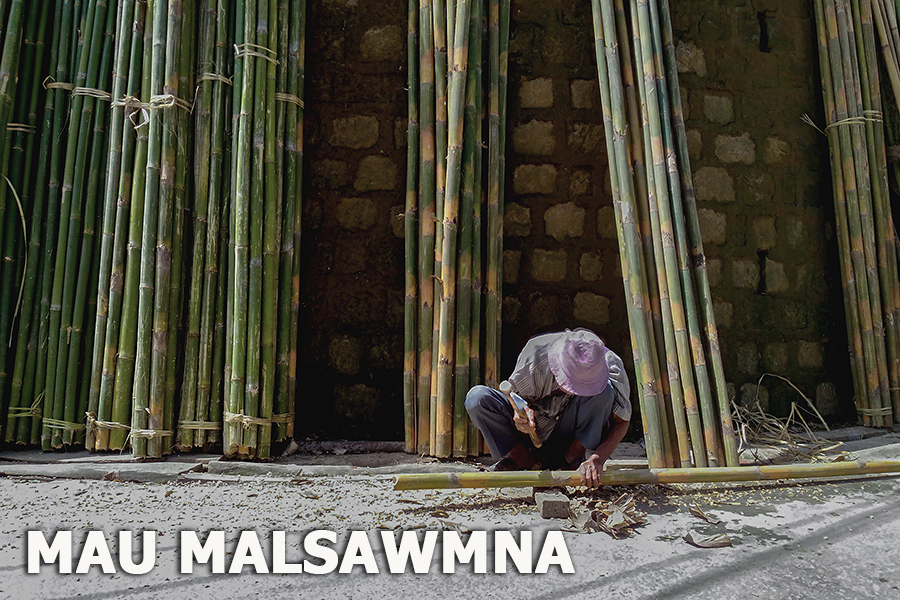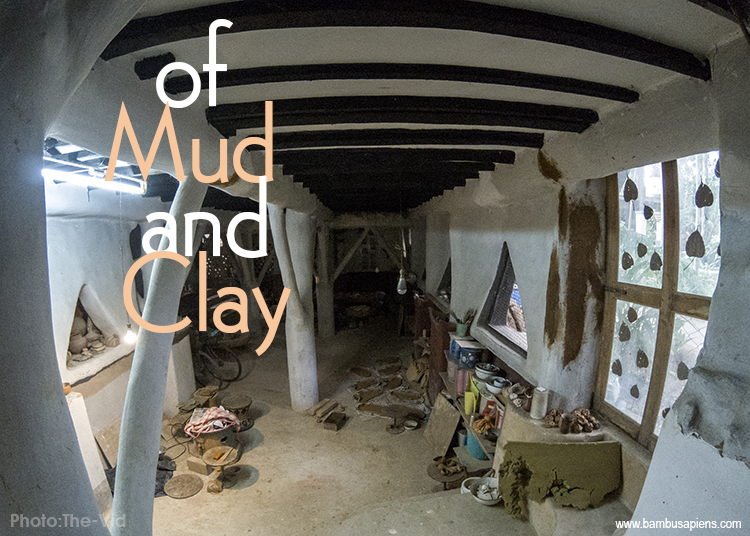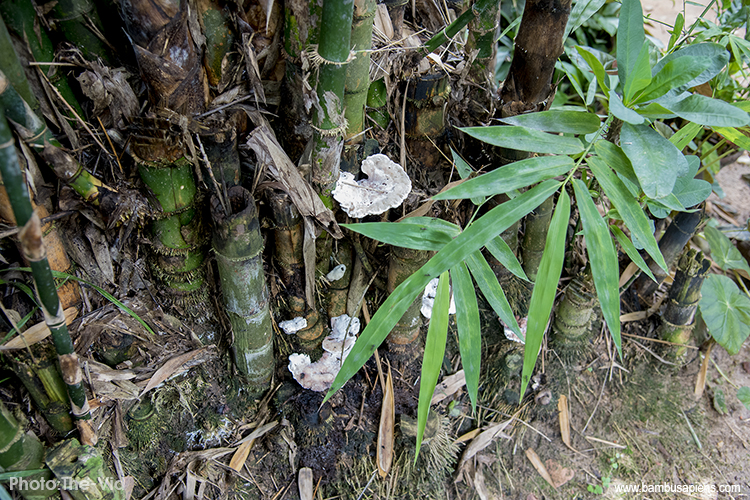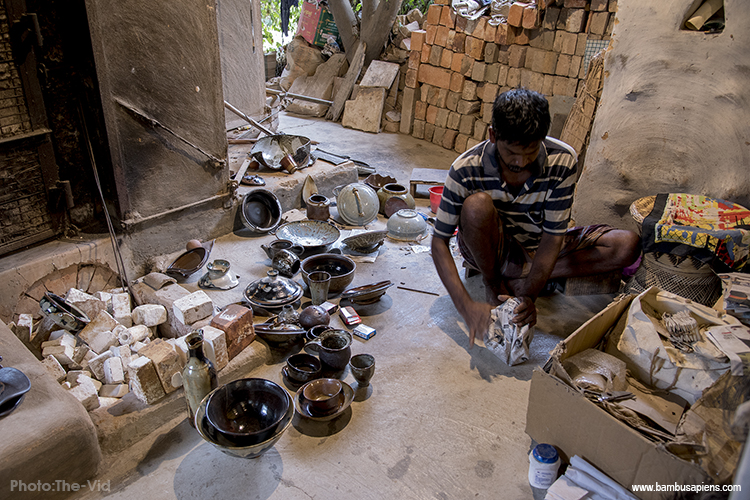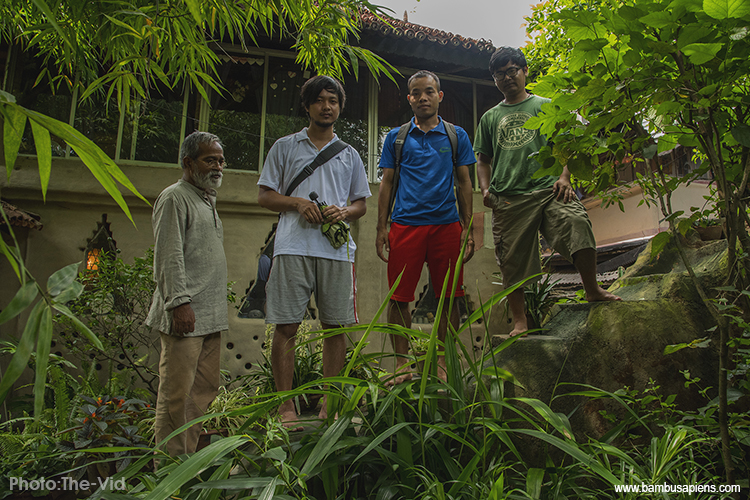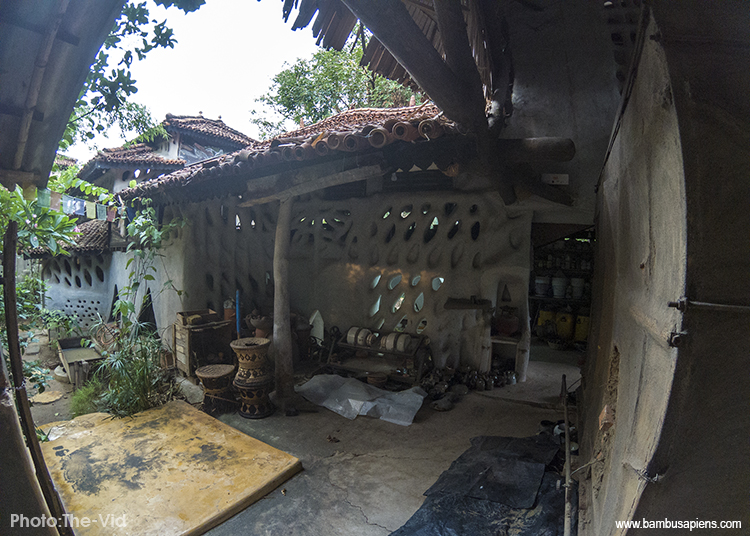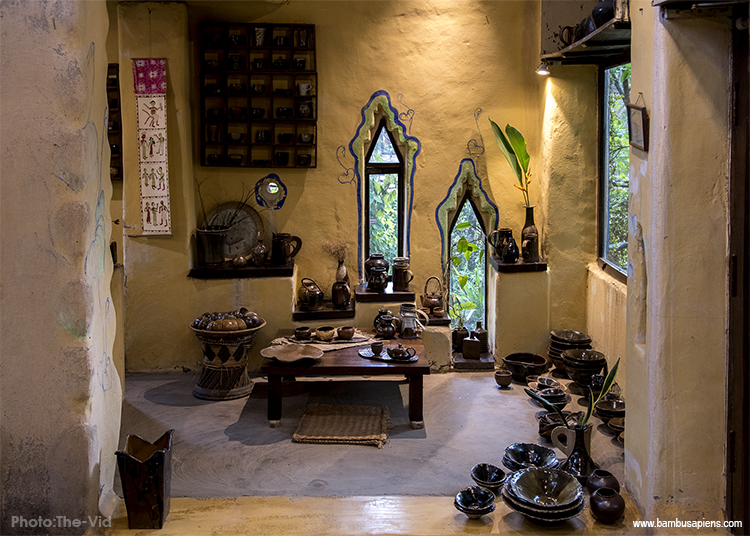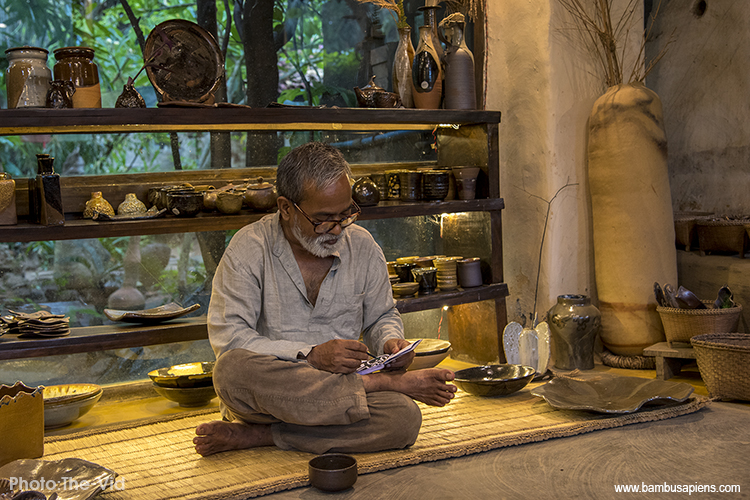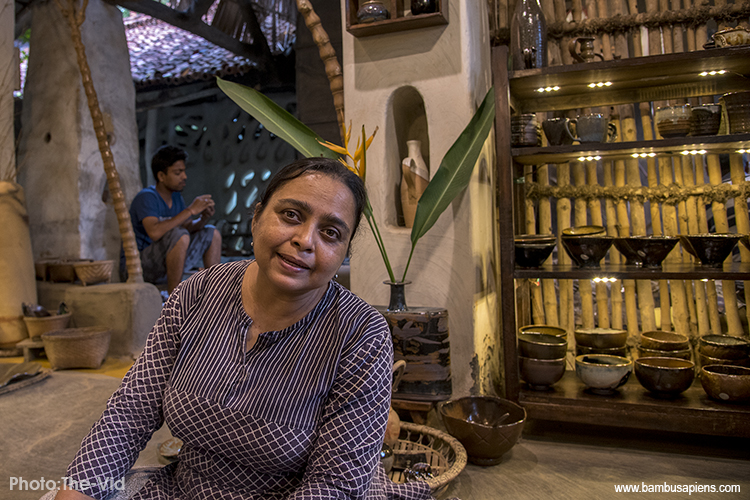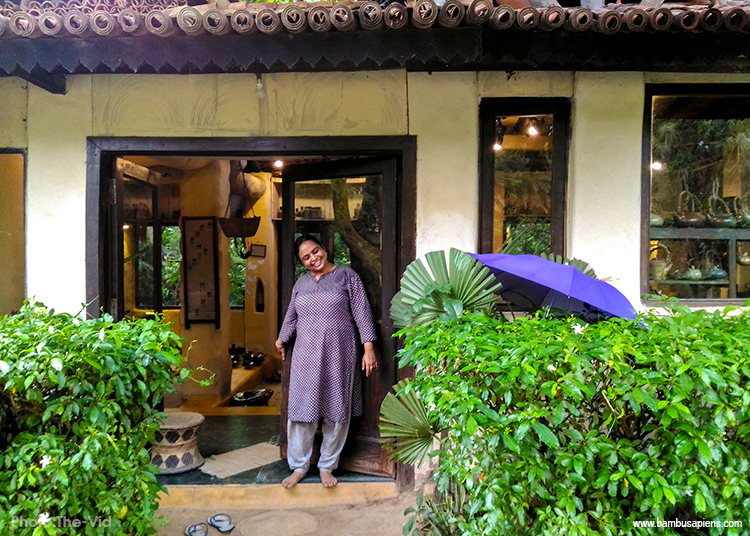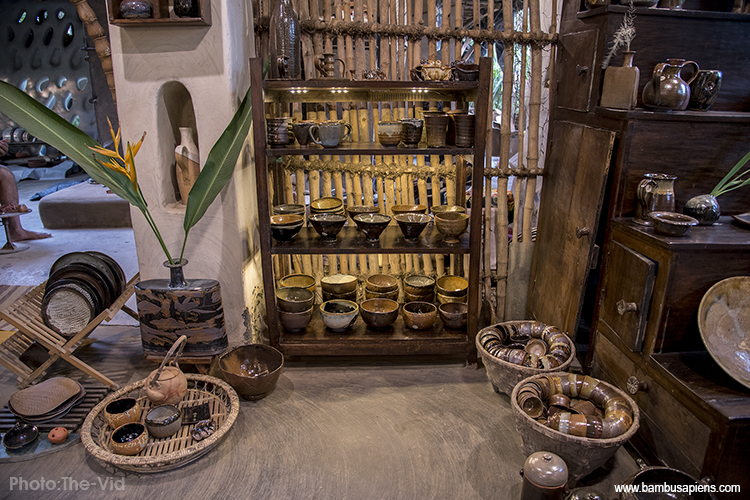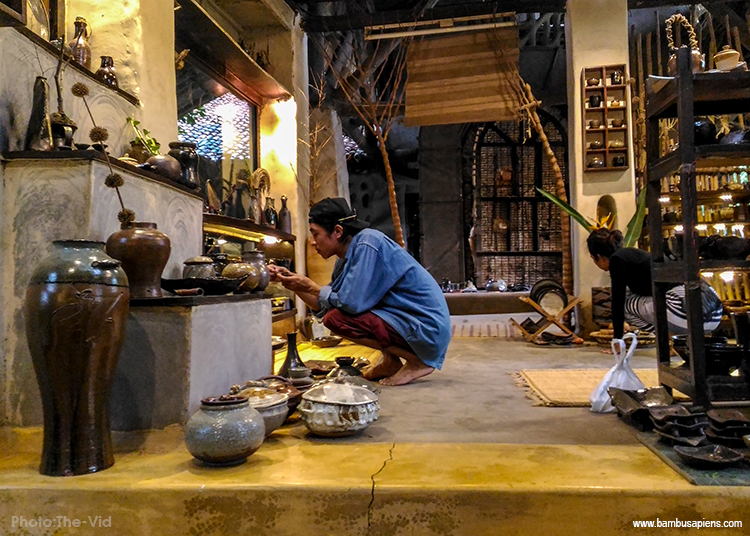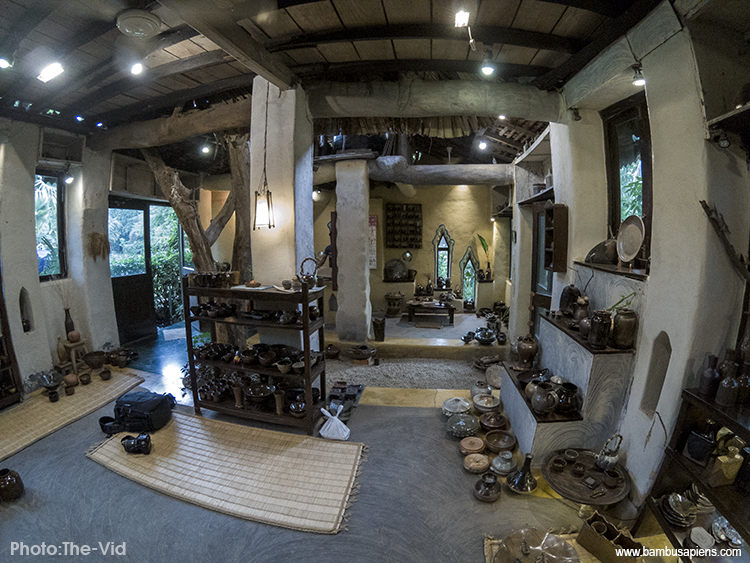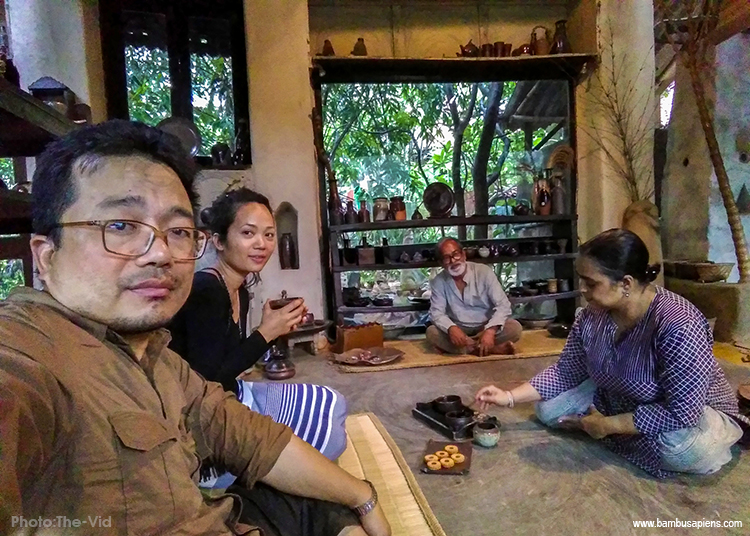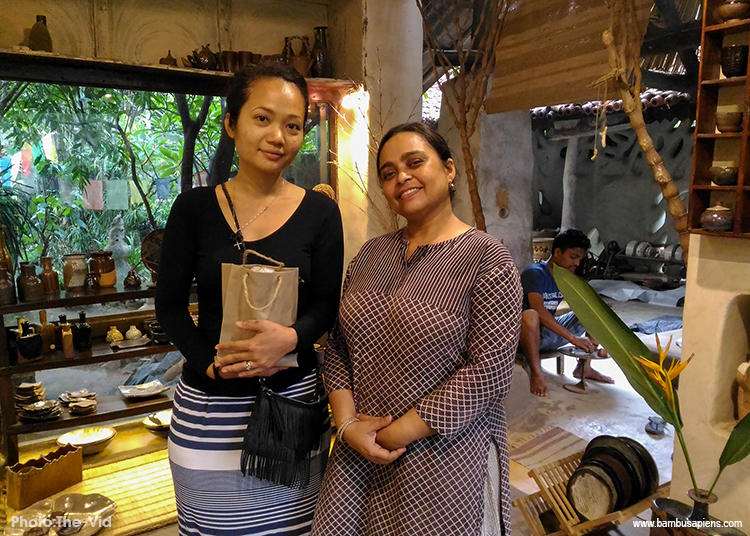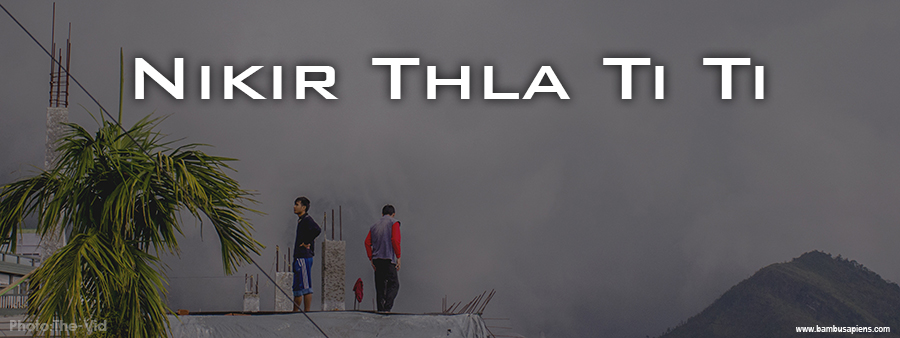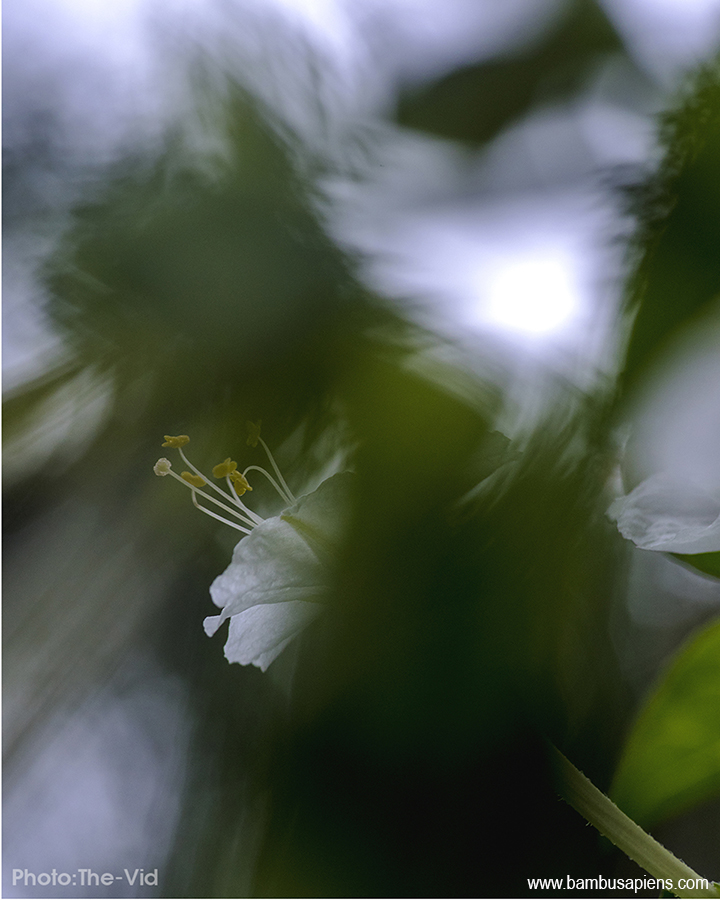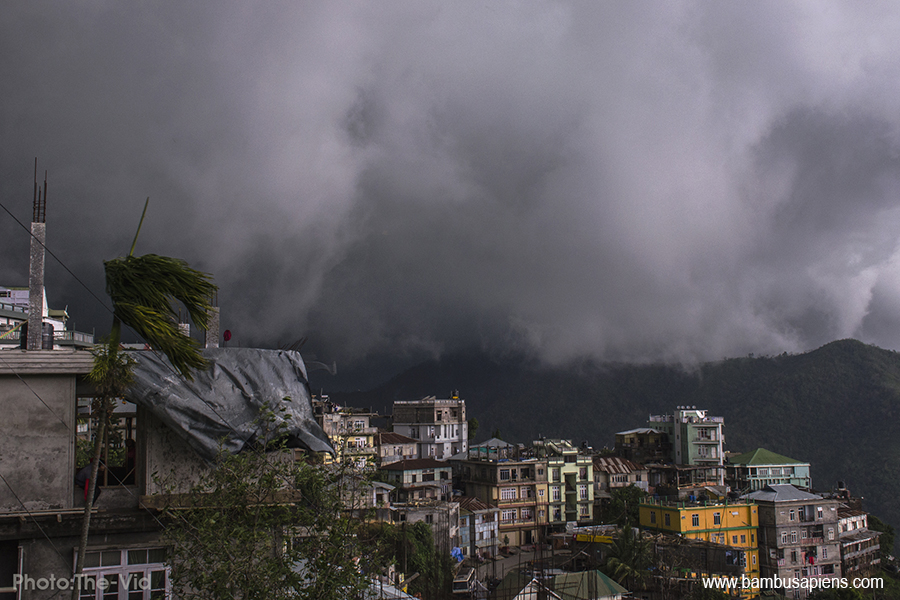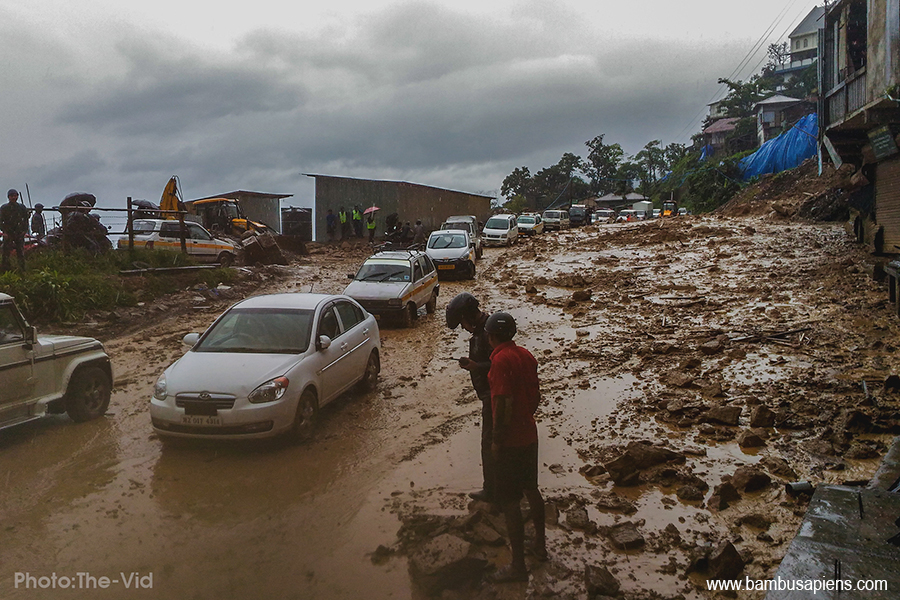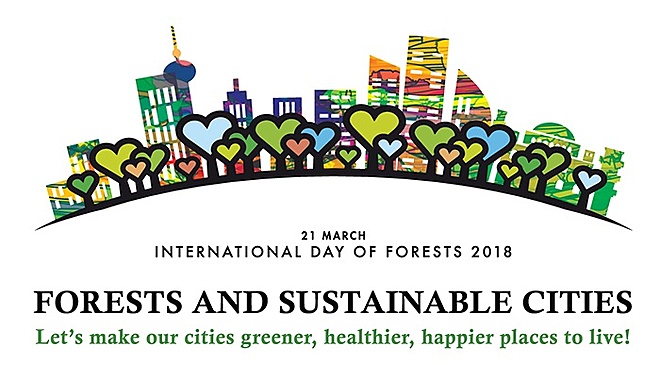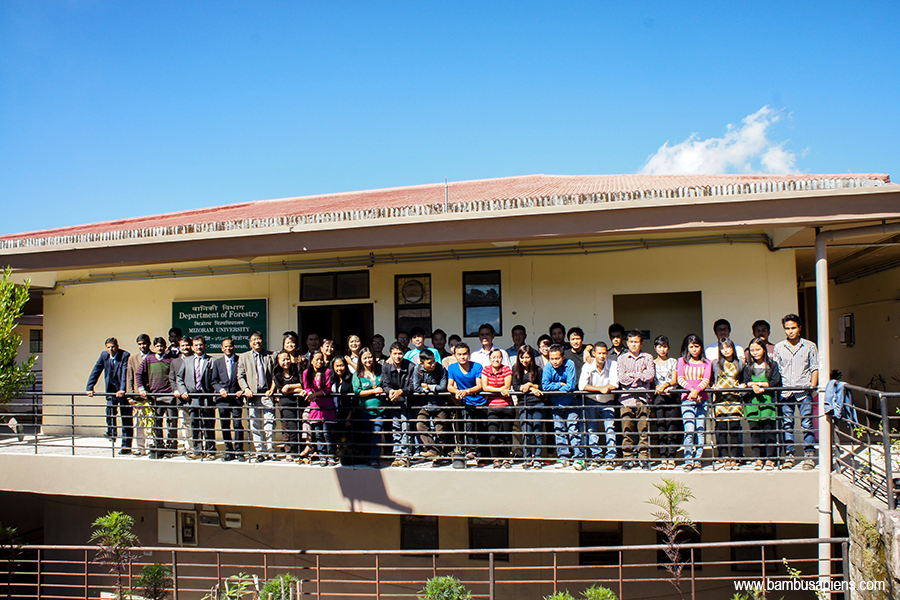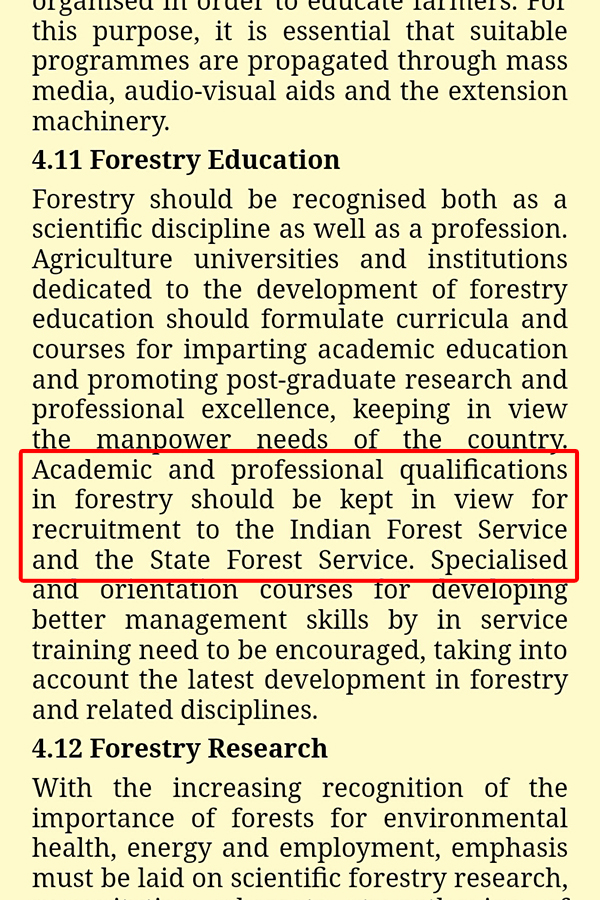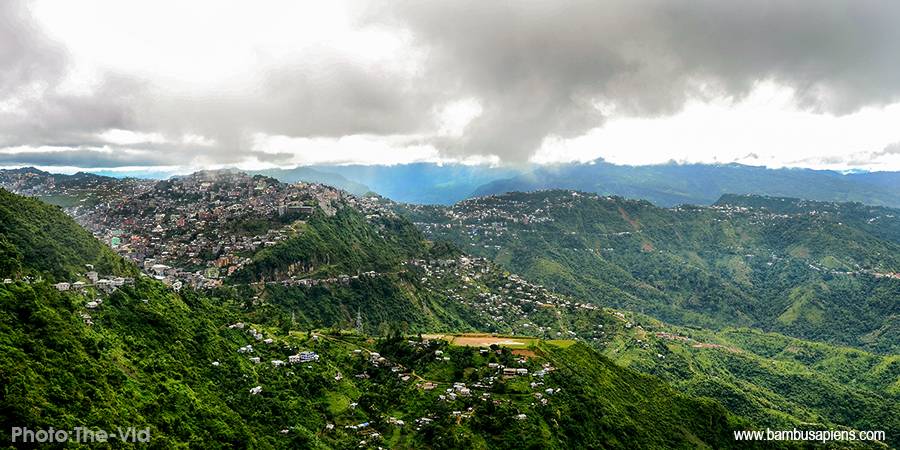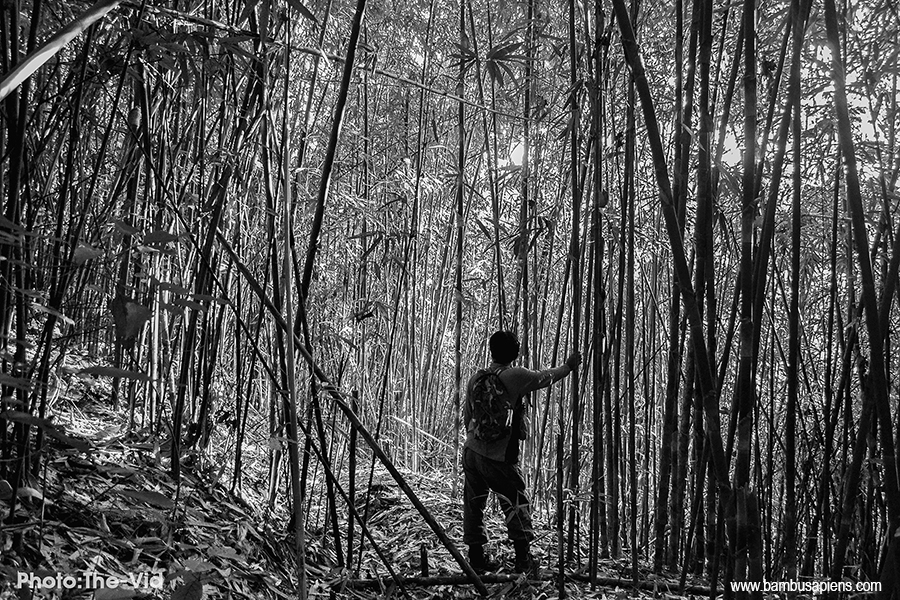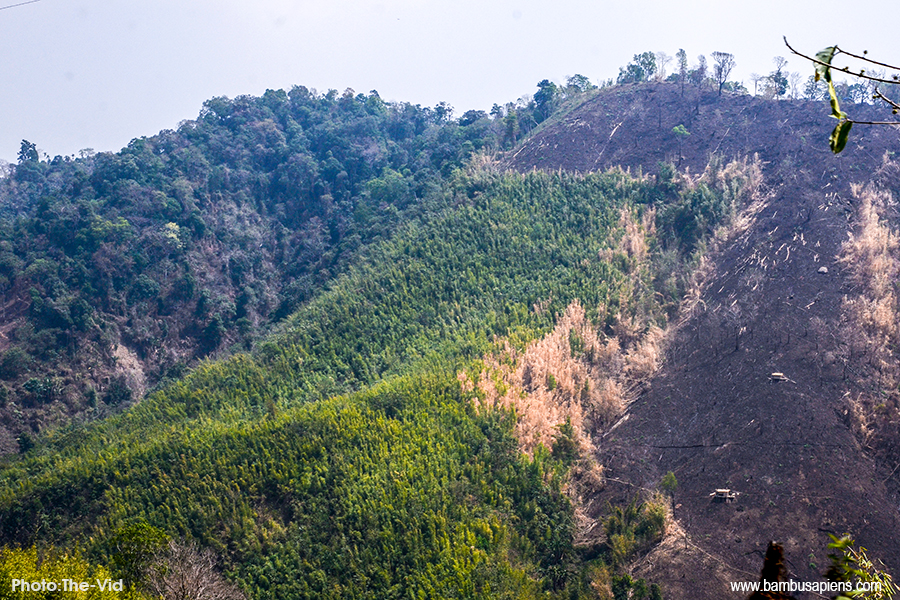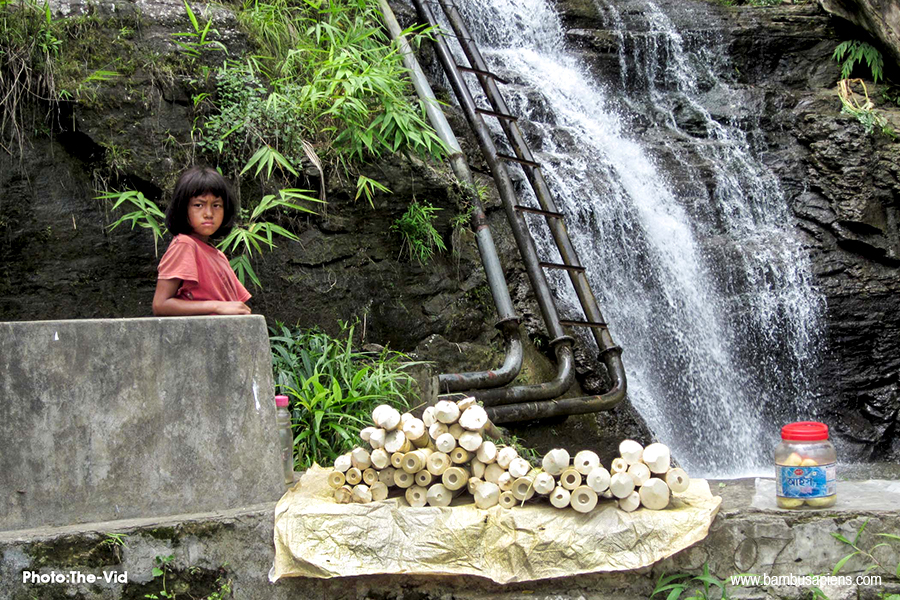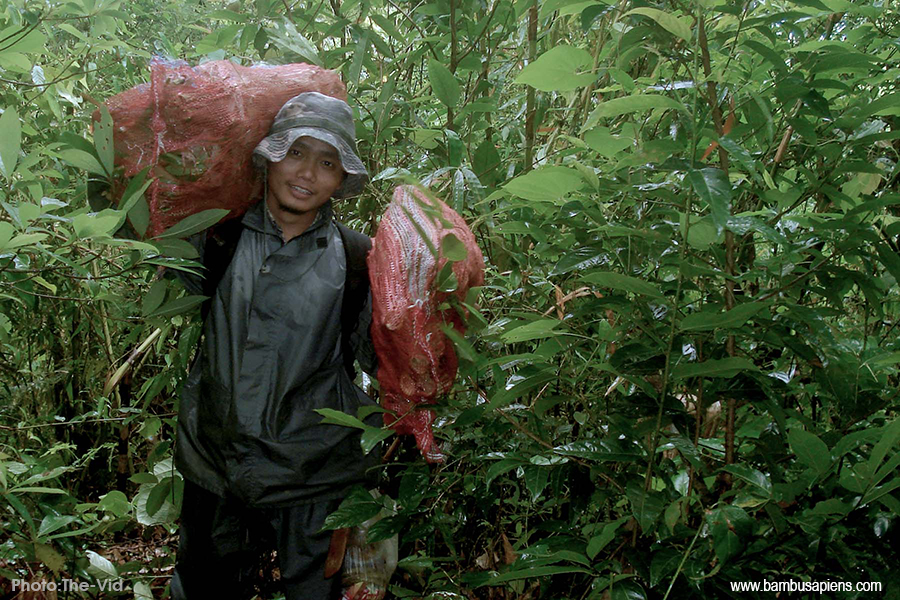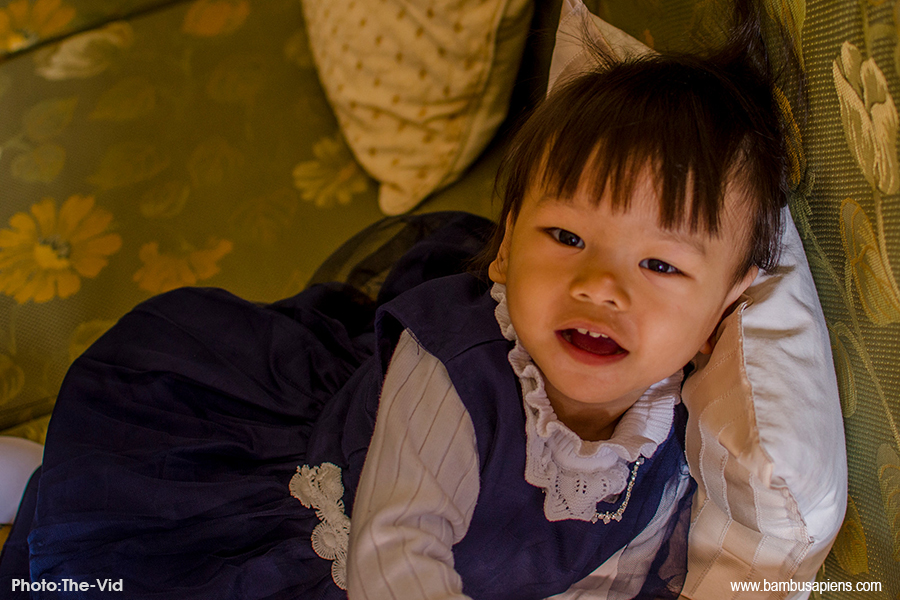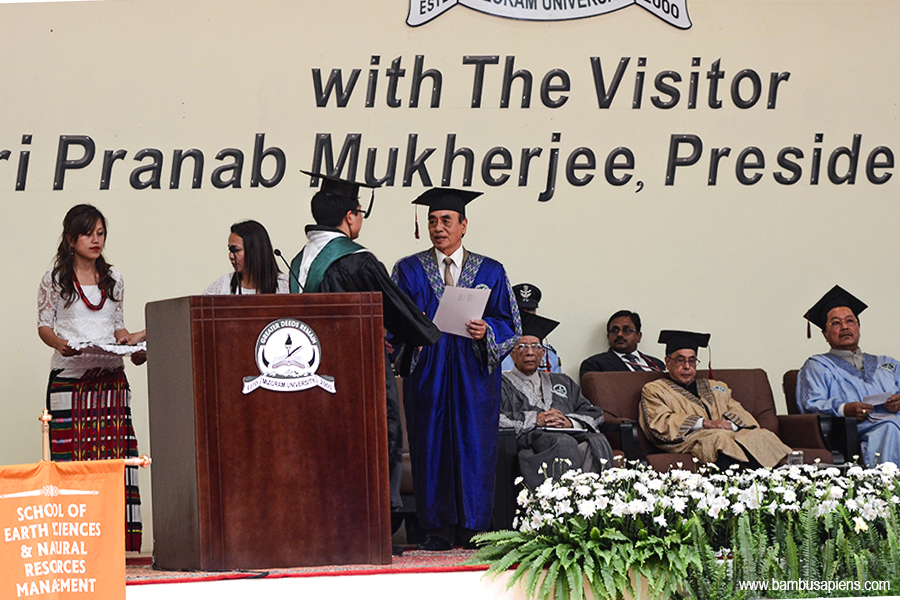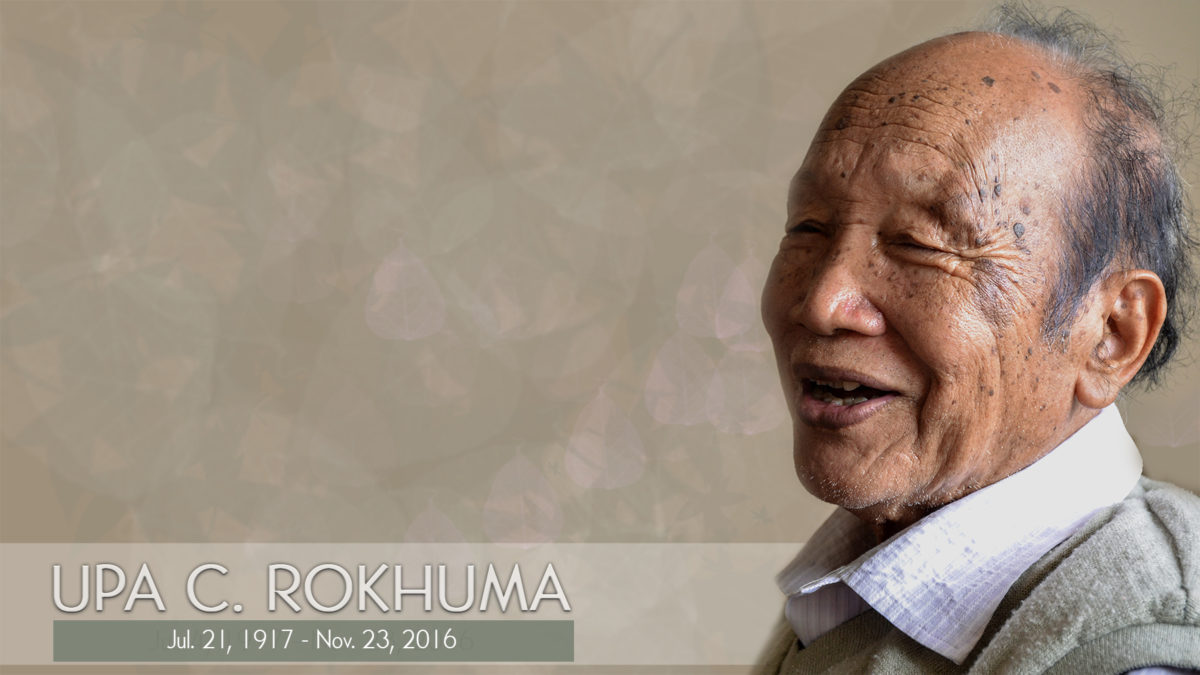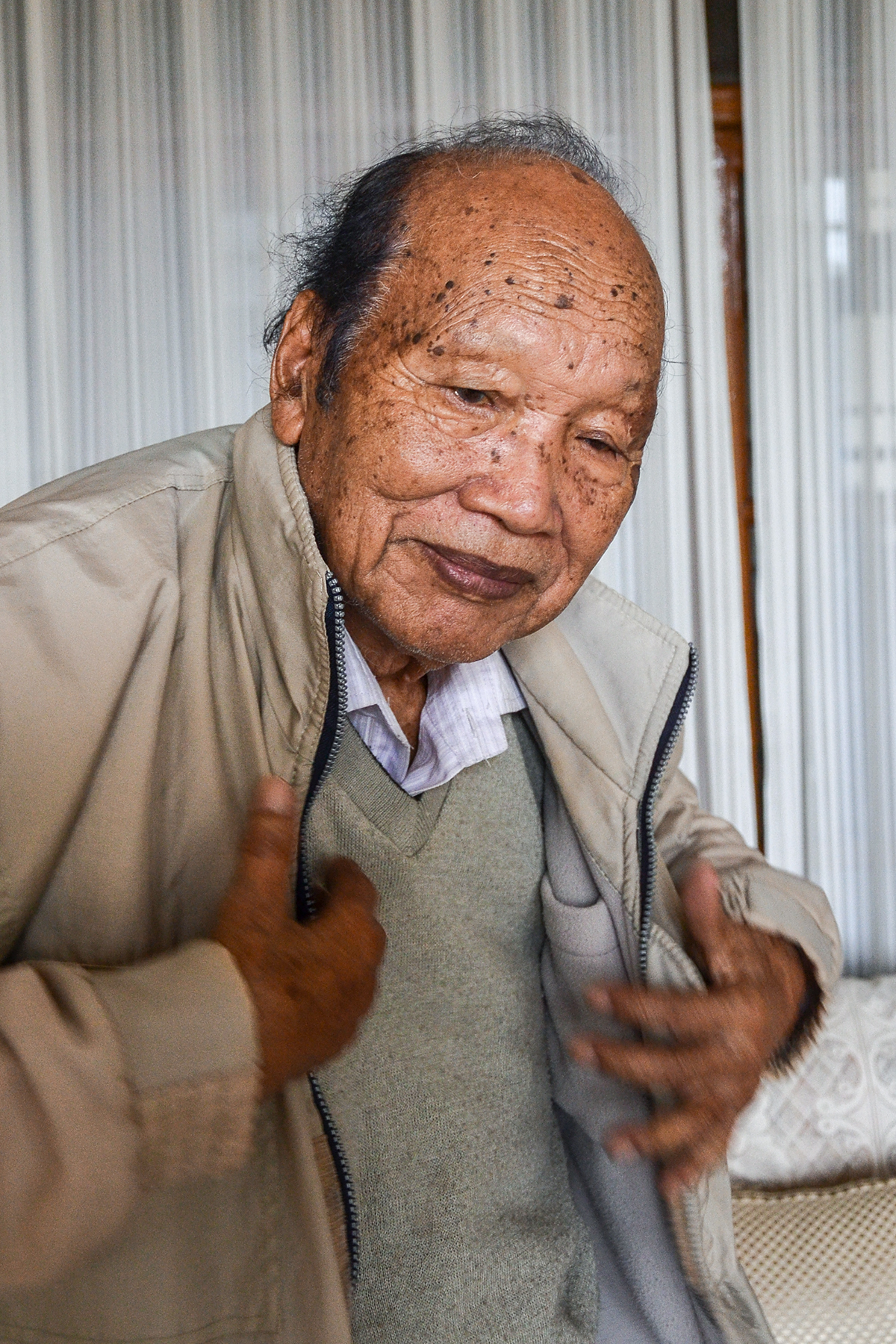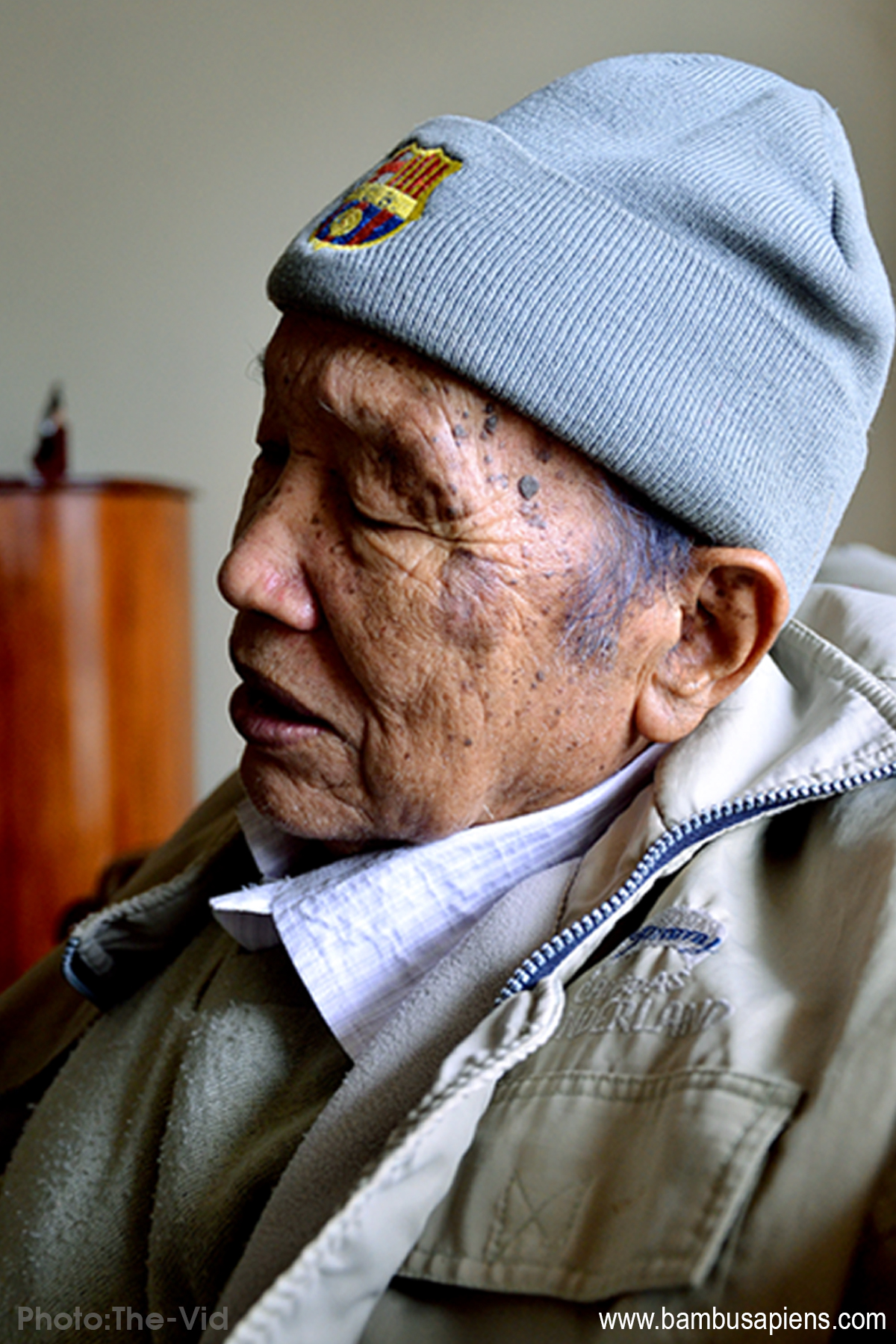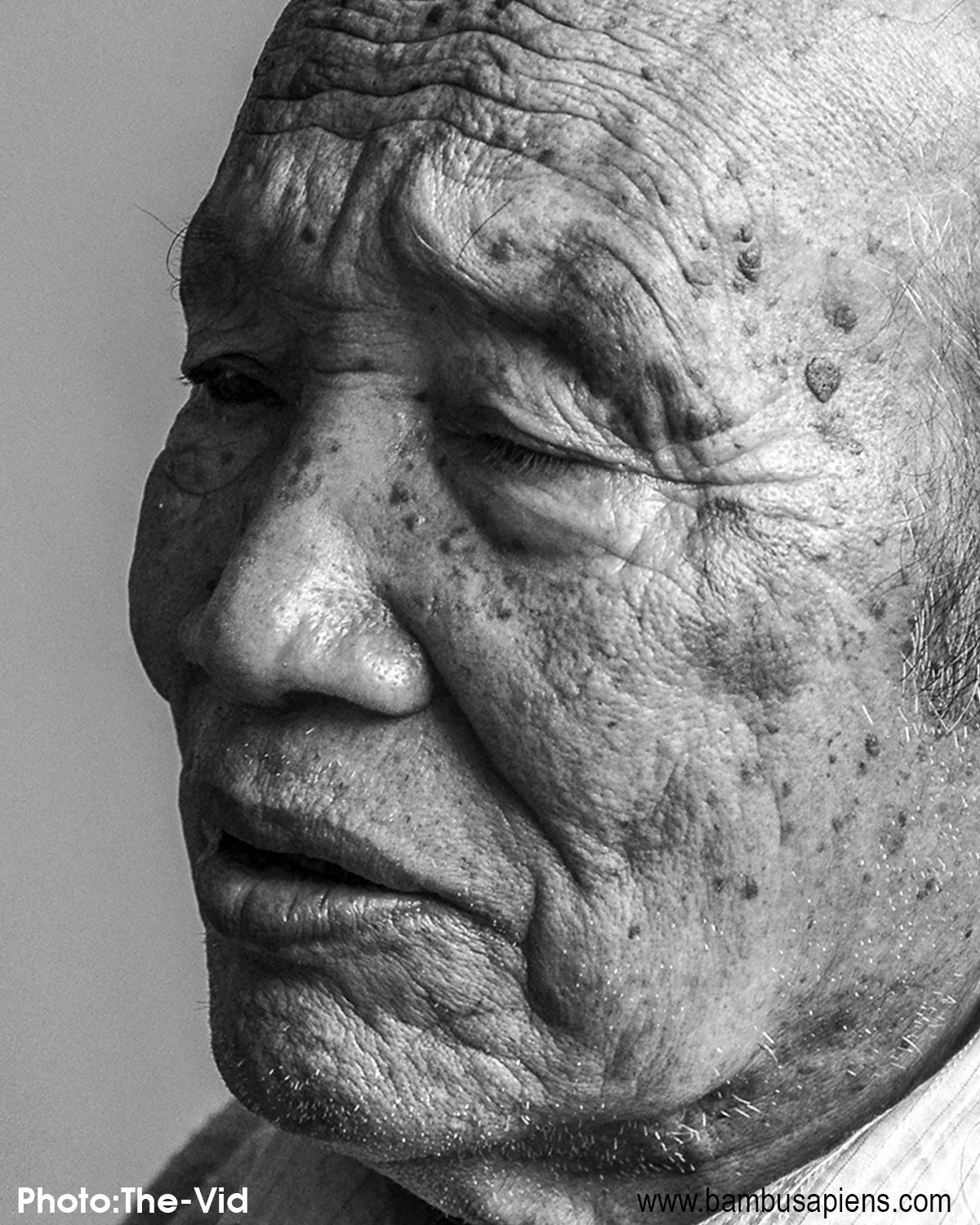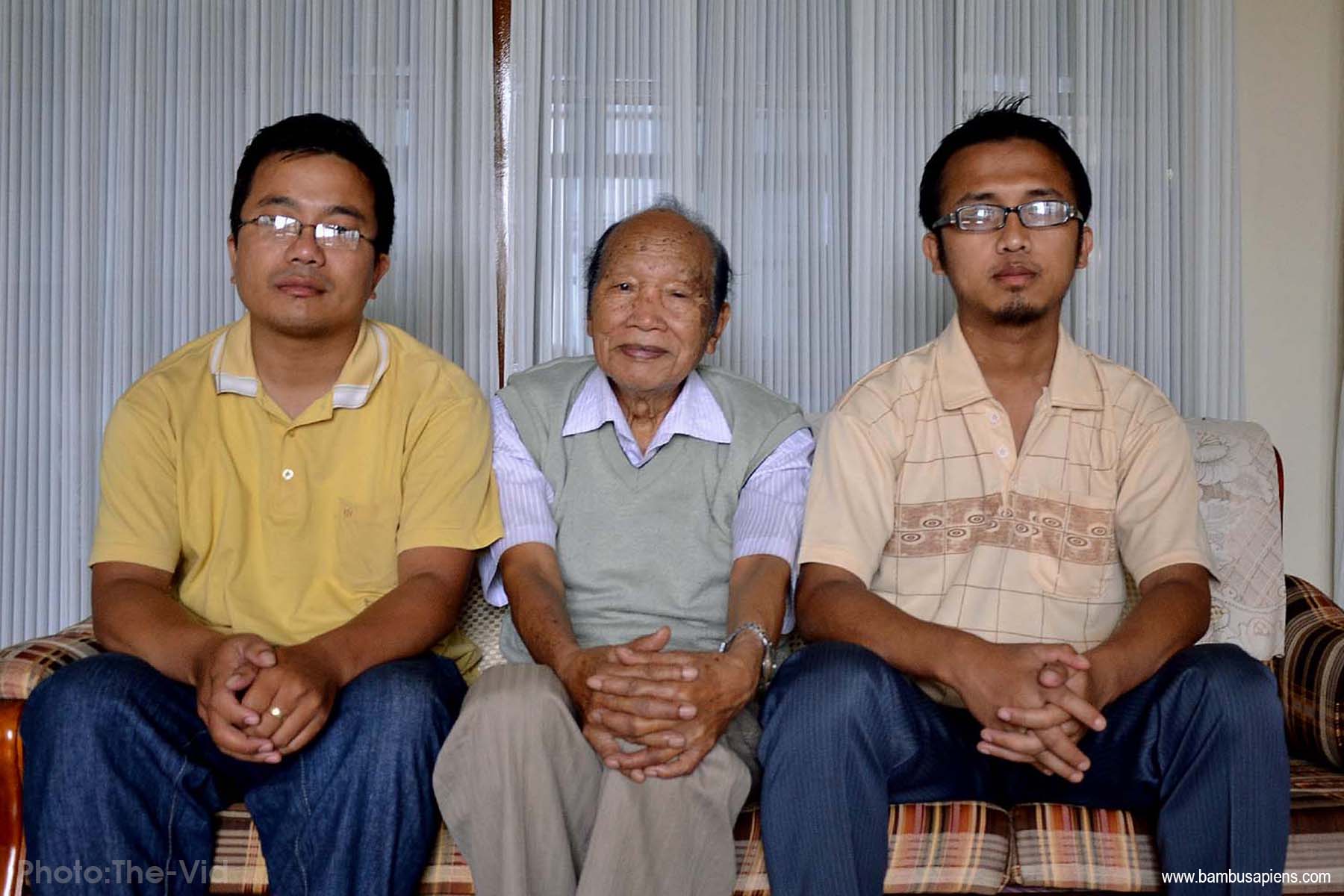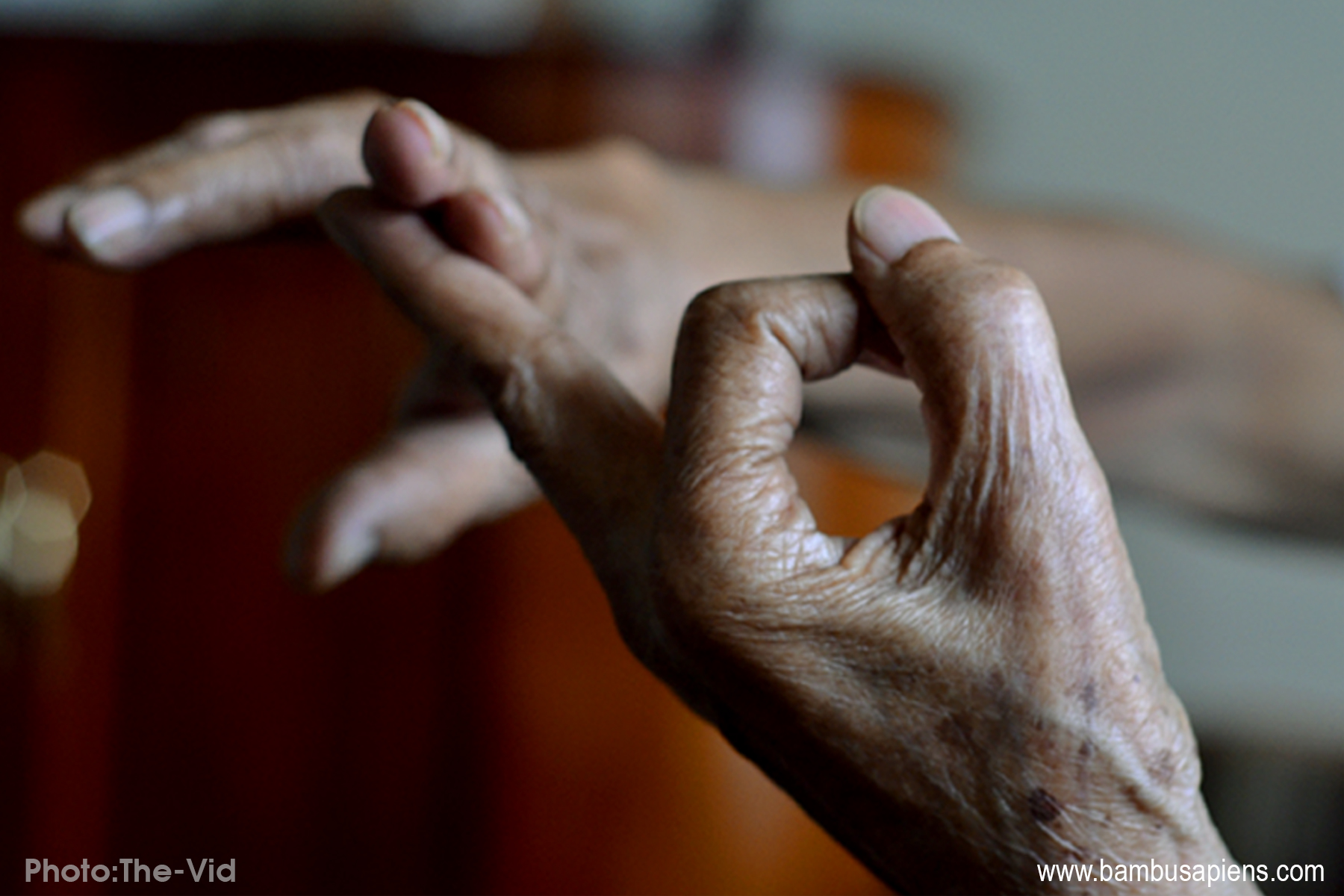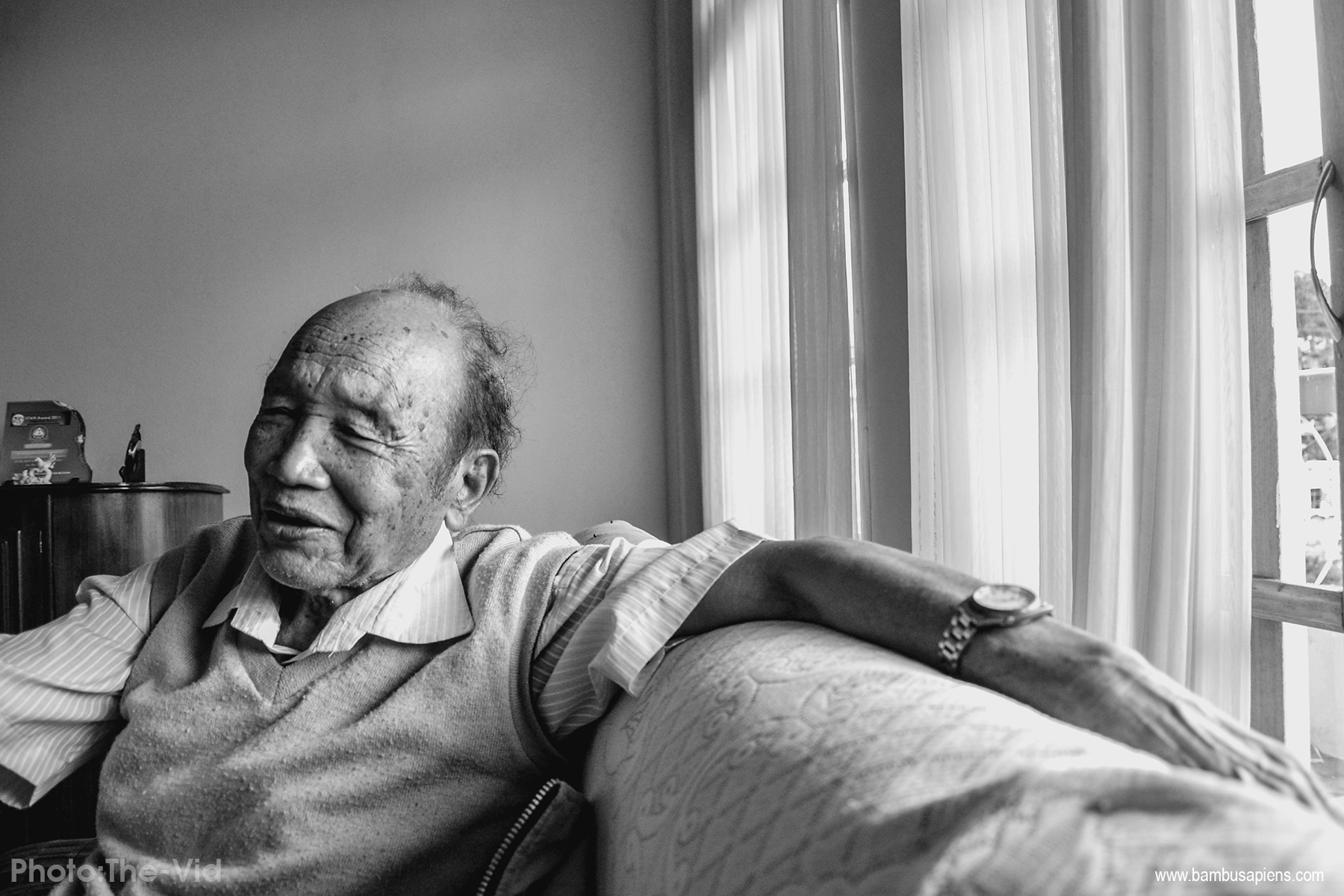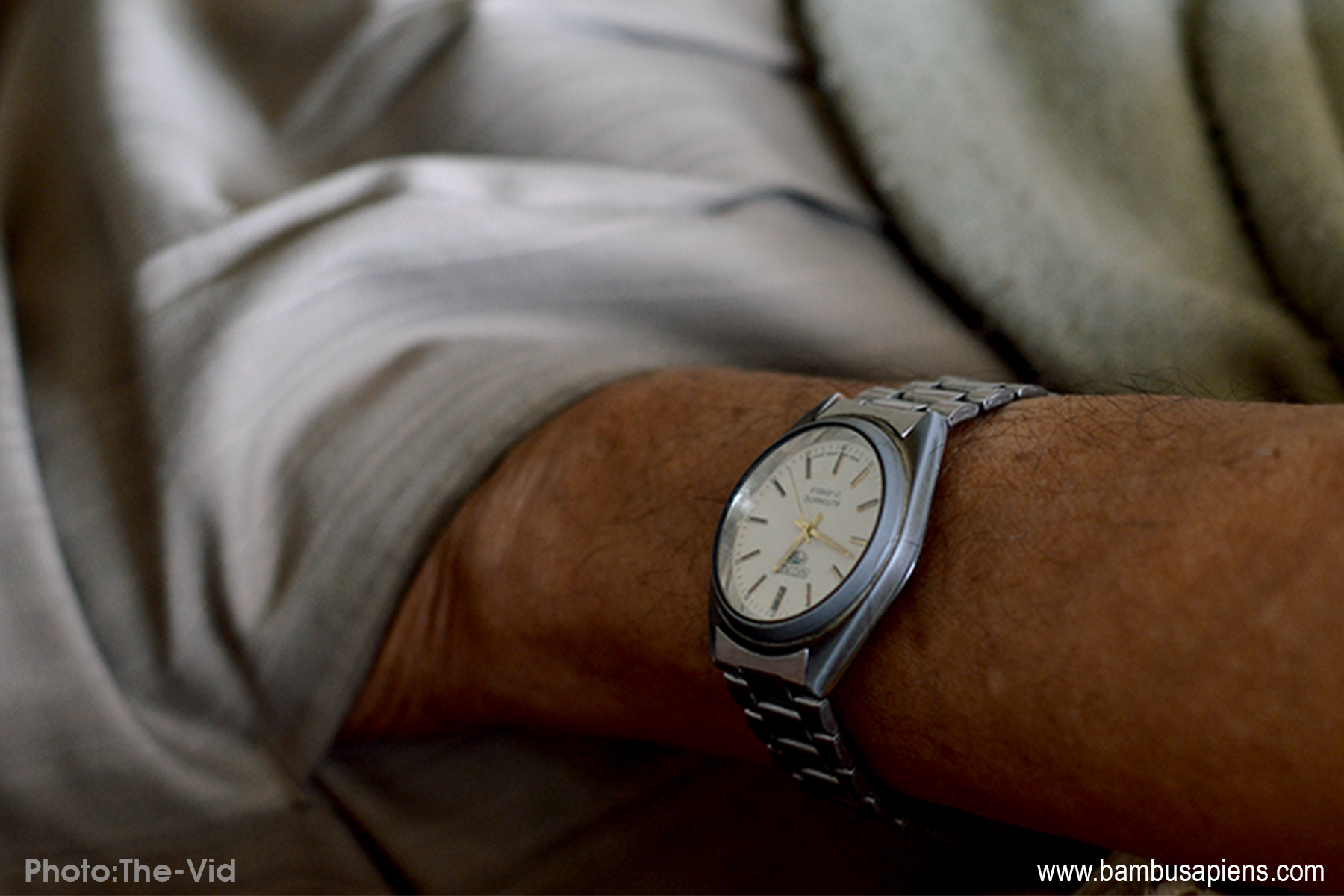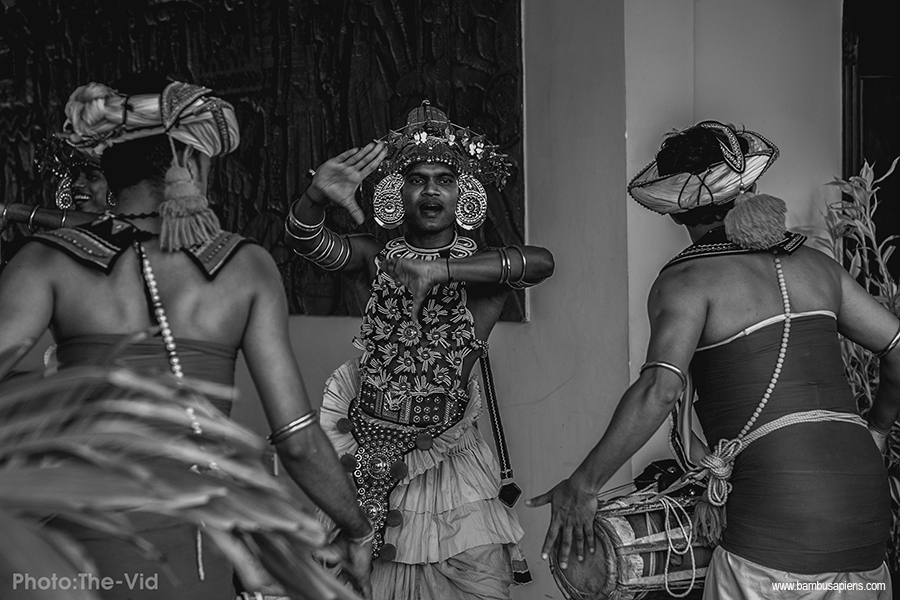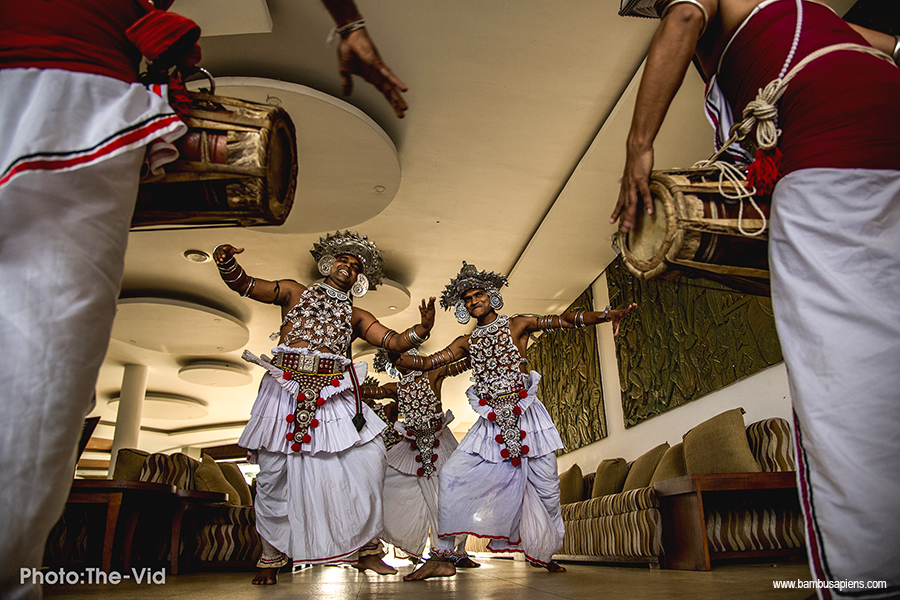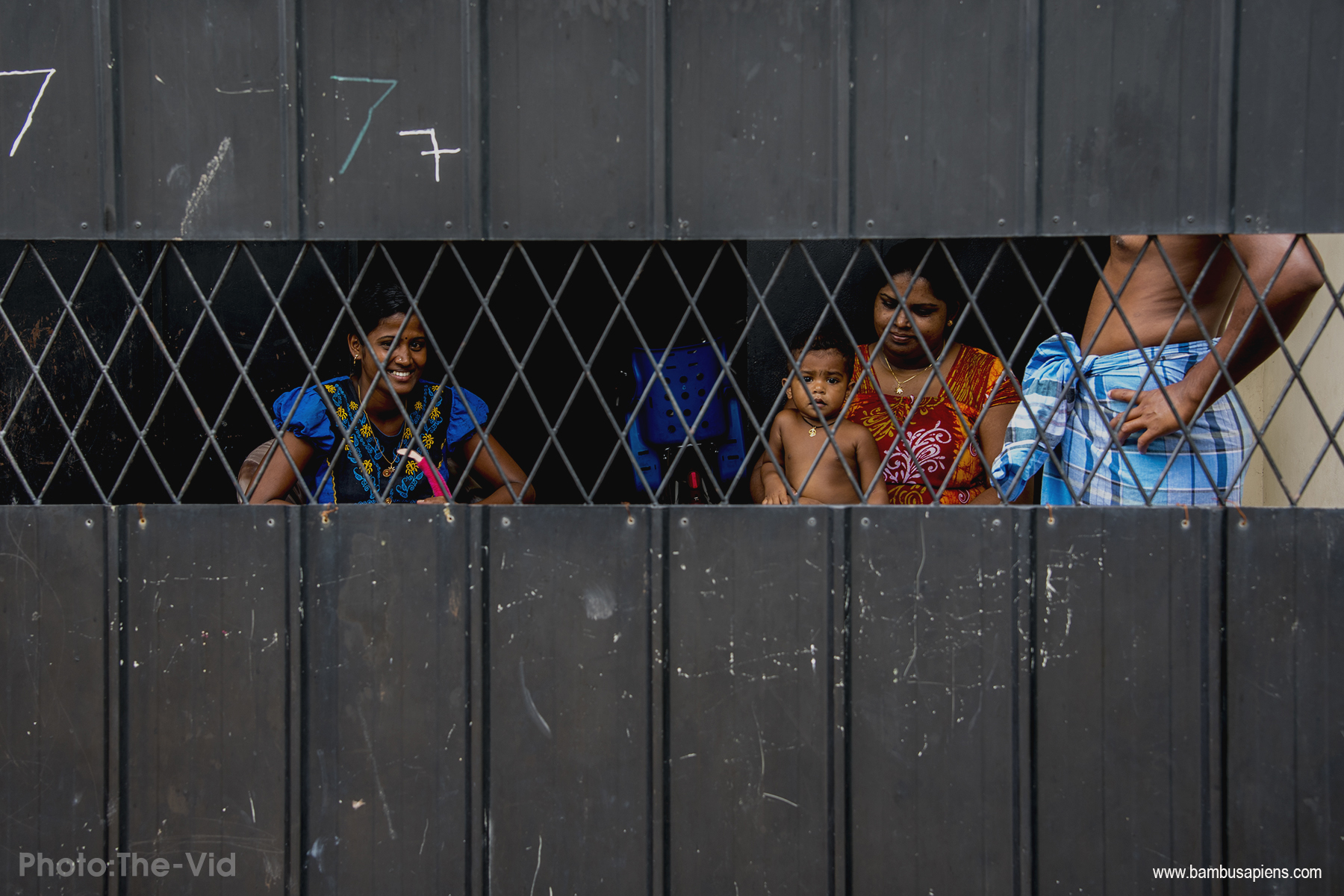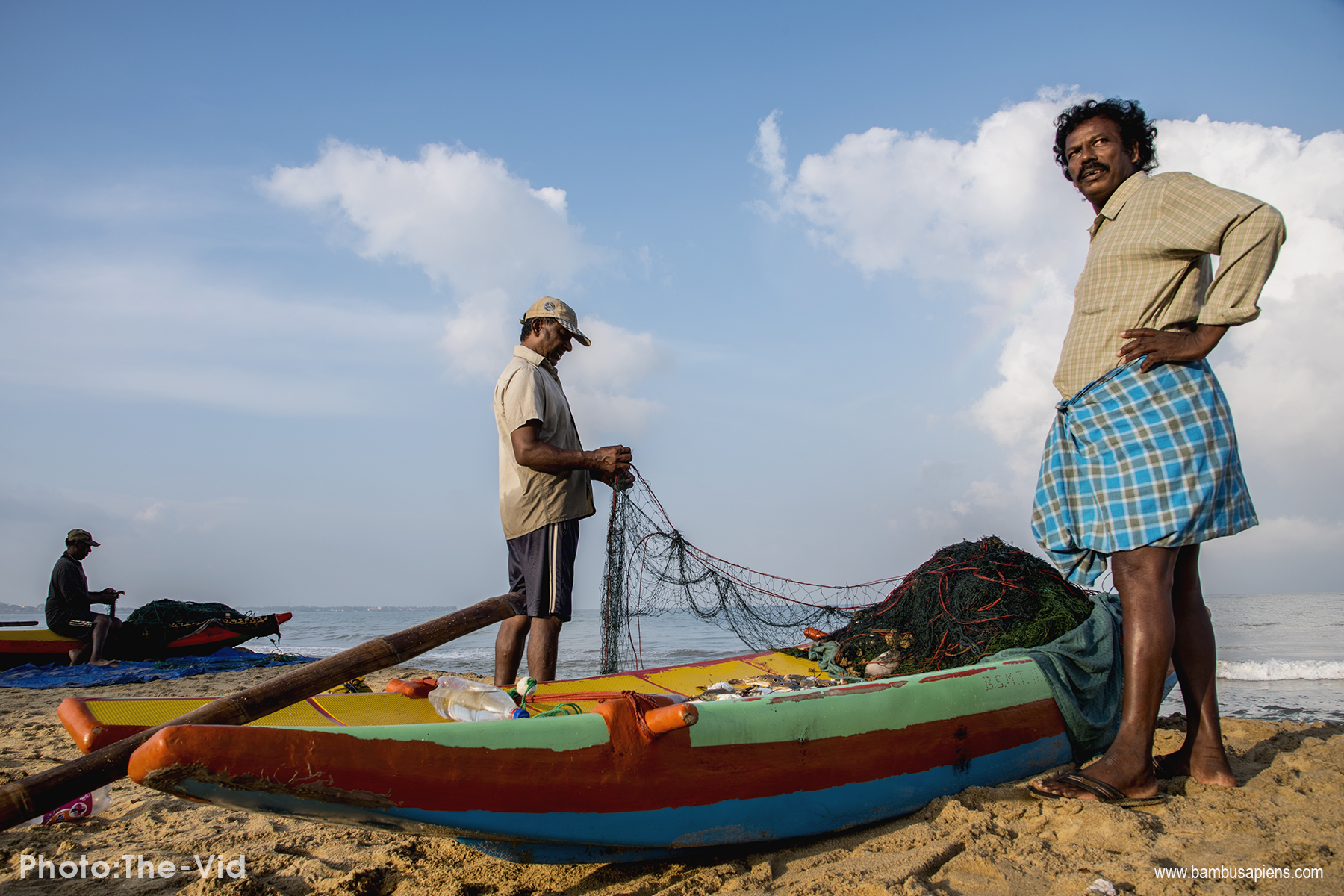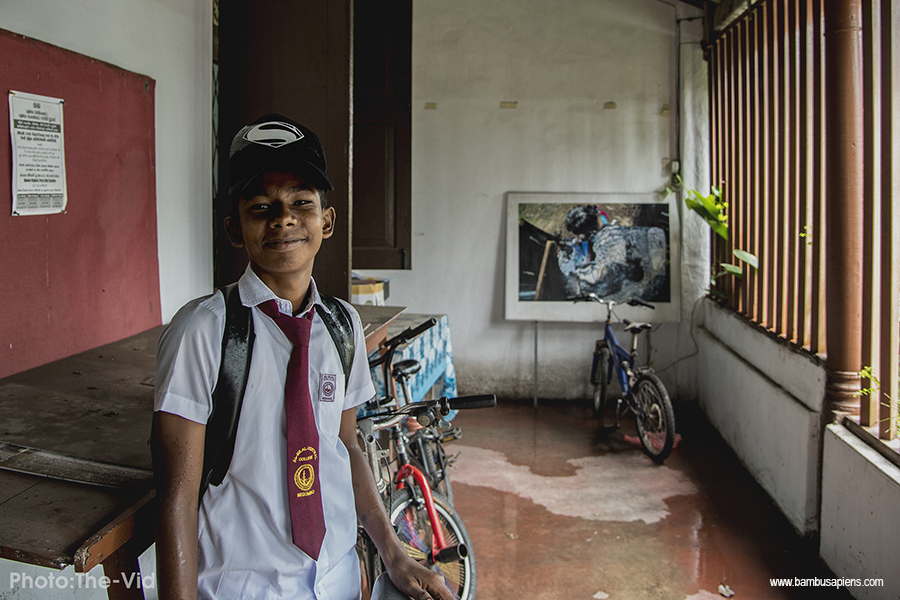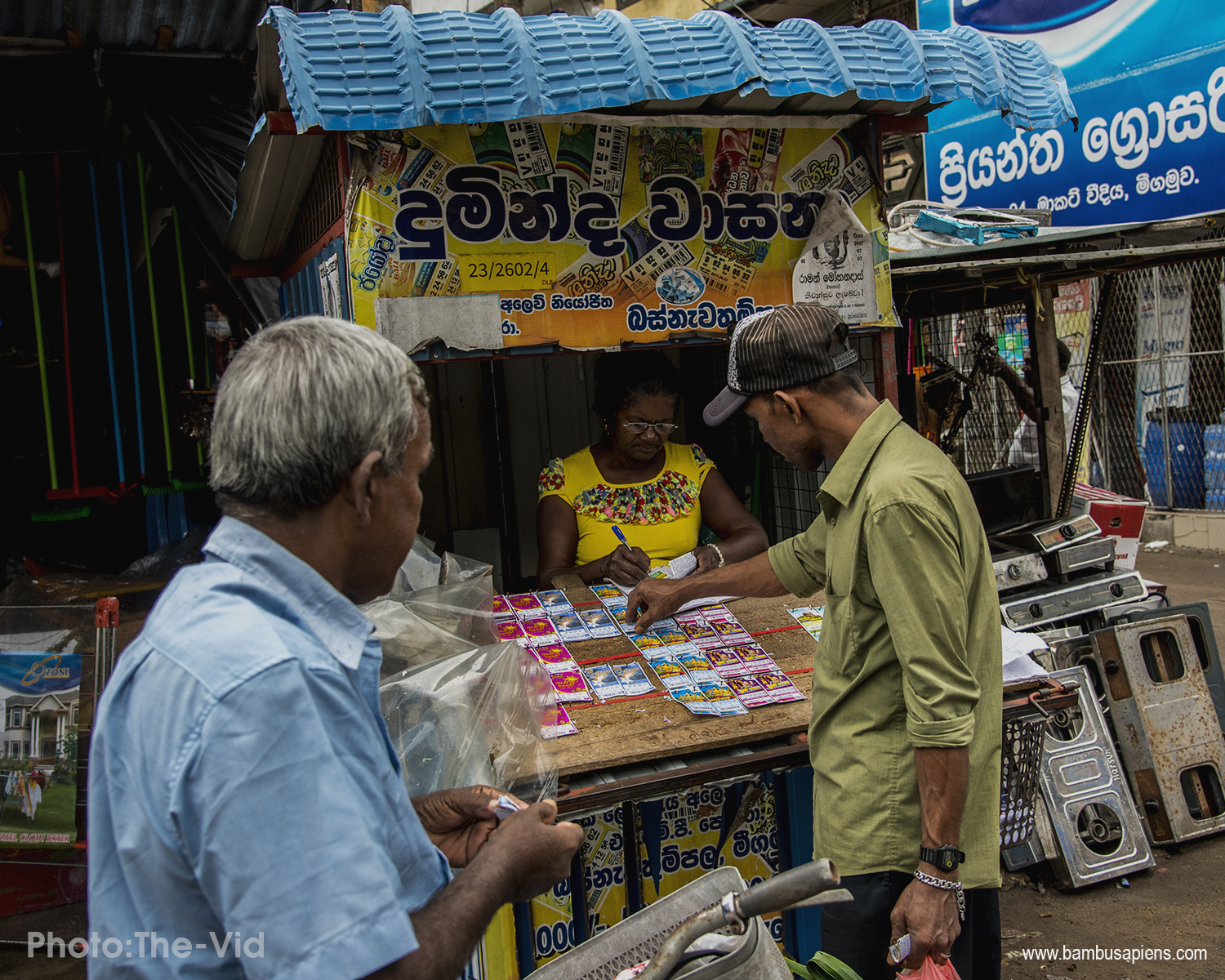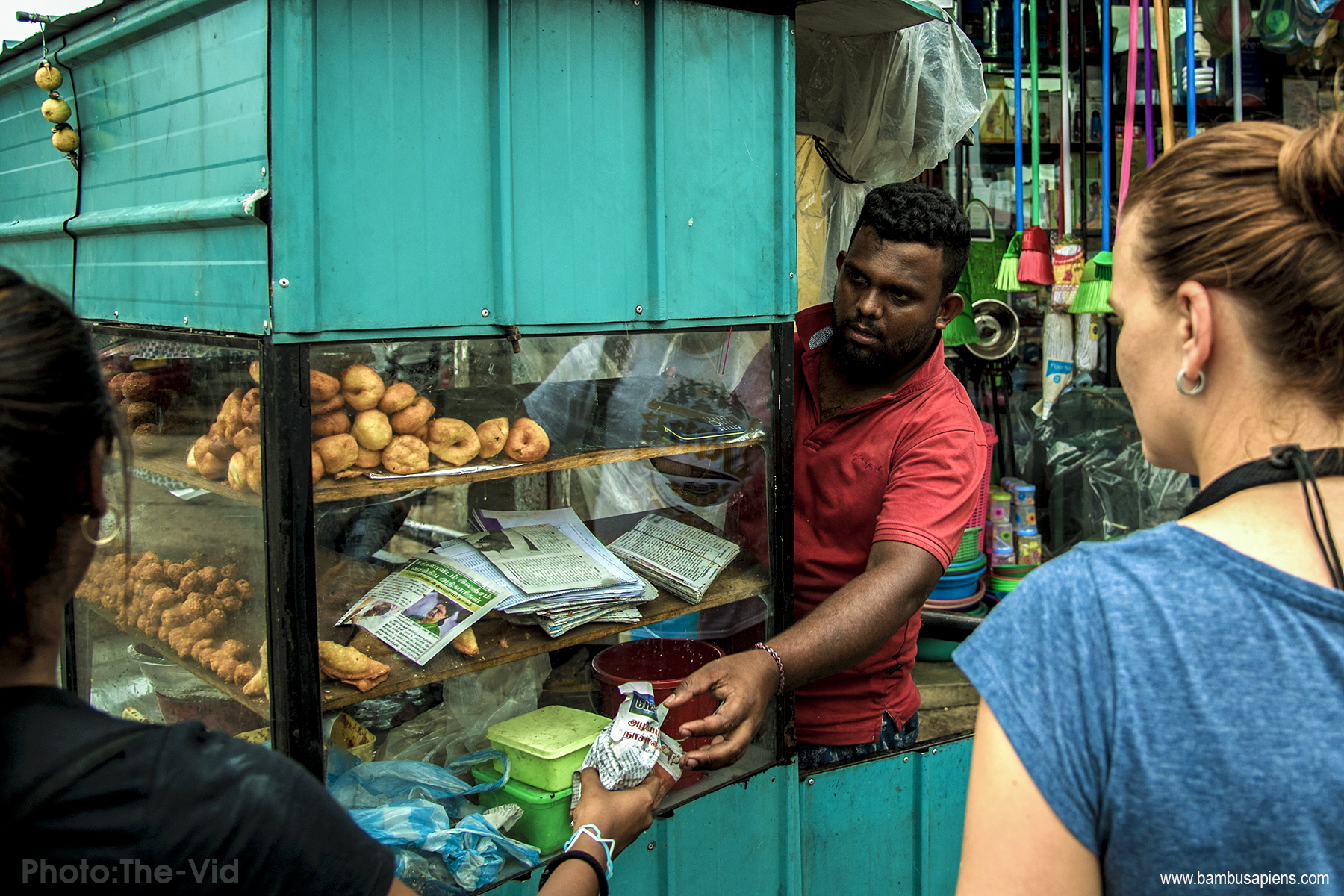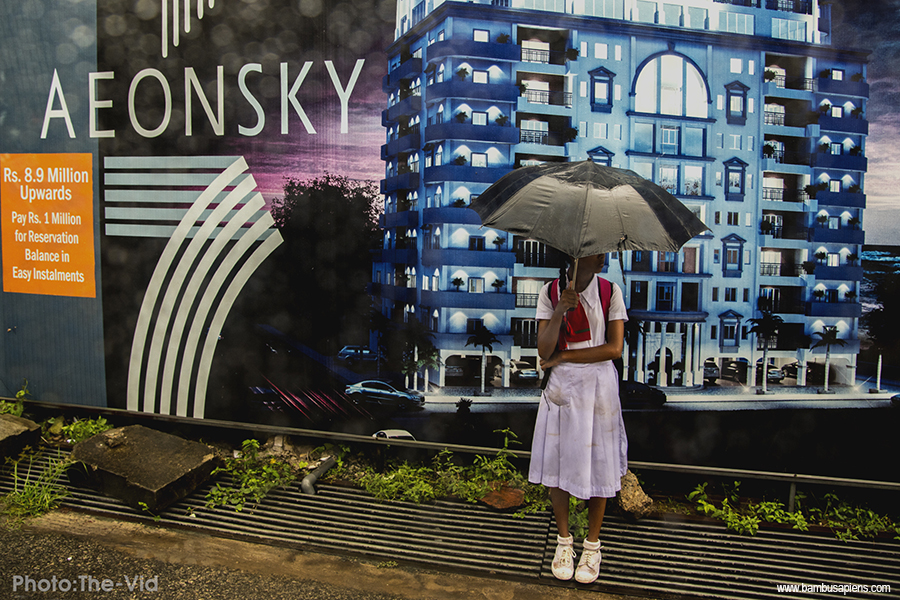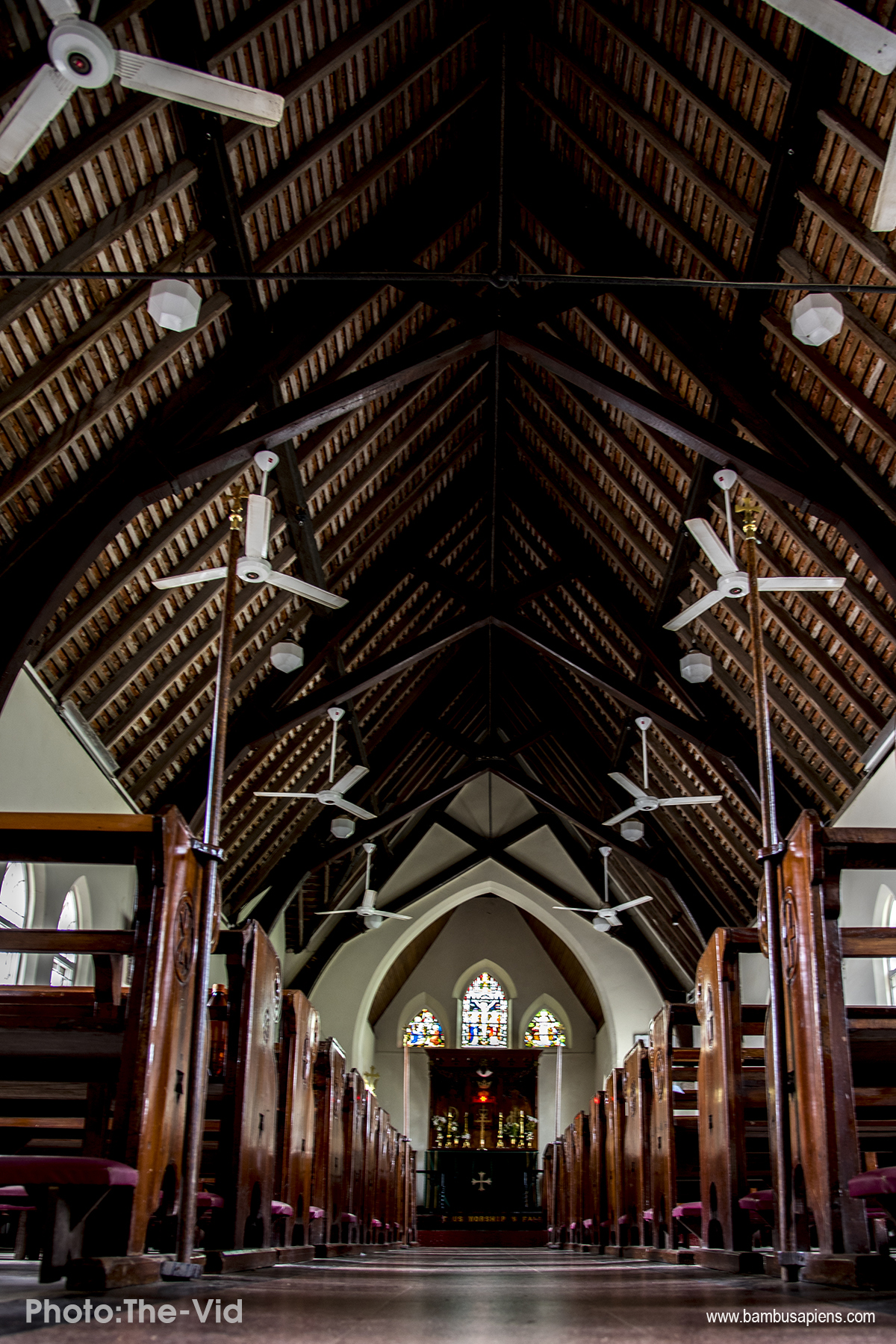Khawvela hnam chi hrang tam tak zinga mau leh rua buaipui nasa ber te zinga mi chu Mizote hi kan ni awm e. Keini ang bawkin India hmarchhaka hnam hrang hrang te leh Asia rama hnam hrang hrang, a bikin Asia chhim chhak lam hnam te pawhin an hmang ṭangkaiin an buaipui nasa hle a. Mau leh rua pawh chi hrang an ngah hle bawk. Kan hnam azirin kan hman dan a inanglo a, deh-hnanga kan themthiam dan pawh a inthlau viau bawk.
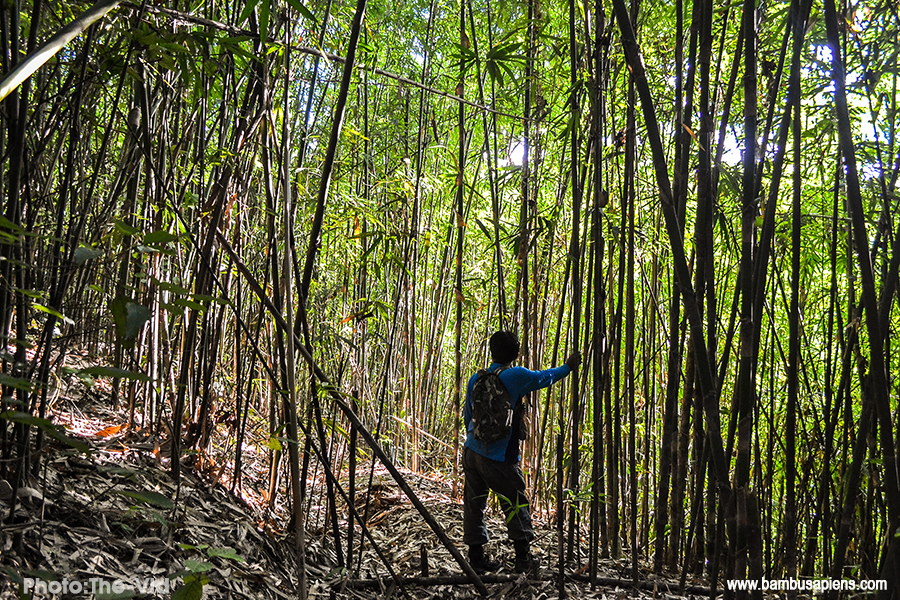
India ramah hian mau leh rua (tun aṭang chuan mau tiin kan sawi tawh ang) chi hrang 125 (tualṭo) leh 11 (lakluh) a awm ni a ngaih a ni a, heng mau leh rua hrang hrang te ṭona hmun belhkhawm hi 156866 sq. Km zeta zau a ni (SFR 2017). India hi khawvela mau leh rua ngah berte zinga mi niin, China dawttu ni a sawi a ni a, a ngah ber anga sawi an awm bawk. India ramah chuan India hmarchhak, leh West Bengal, Madhya Pradesh te leh Chhim thlang lam hi mau leh rua ṭona hmunpui a ni a, India Hmarchhak state hrang hrang a awmna hmun hi India rama mau hmun awm zat za a 32 zet a ni thung (SFR 2017).
Mizoram dinhmun
Mizoramah hian mau leh raw lam chi tualṭo 25 leh lakluh 10 a awm nia ngaih a ni bawk (E&F 2010). Mizorama mau zingah “Mautak” (Melocanna baccifera) a tam ber a, mau lam chi kan neih za a sawmkua zet hi mautak nia ngaih a ni. Rawṭhing, Rawnal leh Phulrua te hi Mautak tihlohah chuan a tam ber te zinga mi a ni. Kum 2009 khan Forest Research Institute (FRI) lama mithiam Dr. HB Naithani-a leh a hoten Mizoram aṭangin mau chi thar, khawvel hmundang aṭanga report a la awm lo – Talan (Bambusa mizorameana) leh Dampa mau (Bambusa dampaeana) an hmuchhuaka (Naithani et. al. 2009, 2010), ‘talan’ hi chu Mizoten kan hriatṭhan sa pangngai a ni; anmahni vêk hian Manipur ramah ‘talan’ an hmuh thu an tarlang bawk.
State of Forest Report 2017-in a tarlan danin Mizorama mau ṭona hmun zawng zawng hi belhkhawmin 3267 sq. Km a ni a, report hmasa, SFR 2011 aiin 5978 sq. Km zetin kan mau hmun a kiam thung. Hei hi a chhan chhui chian ngai tak a ni. Kum 2006 chhoa mautam aṭangin mau chi hrang hrang a tah tawlin a tam chhho zel a, mautak, phulrua leh rawthla te a tam a, kum 2012 aṭangin rawnal a tam ṭan ve leh a, tun thlengin a la tam chhunzawm a. Kum 2015 khan Zawlnuam leh a chhehvelah rawṭhing a tam tlat bawk (Vanlalfakawma et. al. 2017).
Mautam hnuhnung bera tam ho khan ngai a awh chho leh ṭan tawha ngaih a ni a, chutih rual chuan mau hmun thildang atana hman zui tak a awm nual niin a lang bawk. Tun dinhmunah hian Mizoramah hian mau pum maktaduai 706 a awm nia chhut a ni a, SFR 2011[1] aiin pum 1489 zetin a kiam bawk.

Tun dinhmunah hian Mizoramah hian mau pum maktaduai 706 a awm nia chhut a ni a, SFR 2011 aiin pum 1489 zetin a kiam bawk. Mautam nghawng ai mahin ram leilung kan enkawl dan avanga mau hmun hi lo kiam a, mau pum zat hi lo kam ta duai niin a lang.
Mizo mau nge ṭha ramdang mau?
Ramdanga an mau te lakah chuan Mizorama kan mau te hi chu a chhah zawngah chuan a chhah lem lo viaua, a pum pawh a lian lo deuh zawk. Chutih rual chuan Mizoram kan mau neihsa te hman ṭangkai dan kawng zawng silova ramdanga an hman dan anga a hman hleihtheih loh avanga Mizorama mau te hi hmantlak lo leh chhe lailet dera kan puh ṭhin hi chu kan duhthawh deuh mah mah niin a lang. DN Tewari (1992) chuan “mautak hi paper ṭha bik siam nan an hmang ṭhin” tiin ‘A Monograph on Bamboo’ tih buah a sawia, hei ringawt pawh hi bawhzui tham a ni ang.
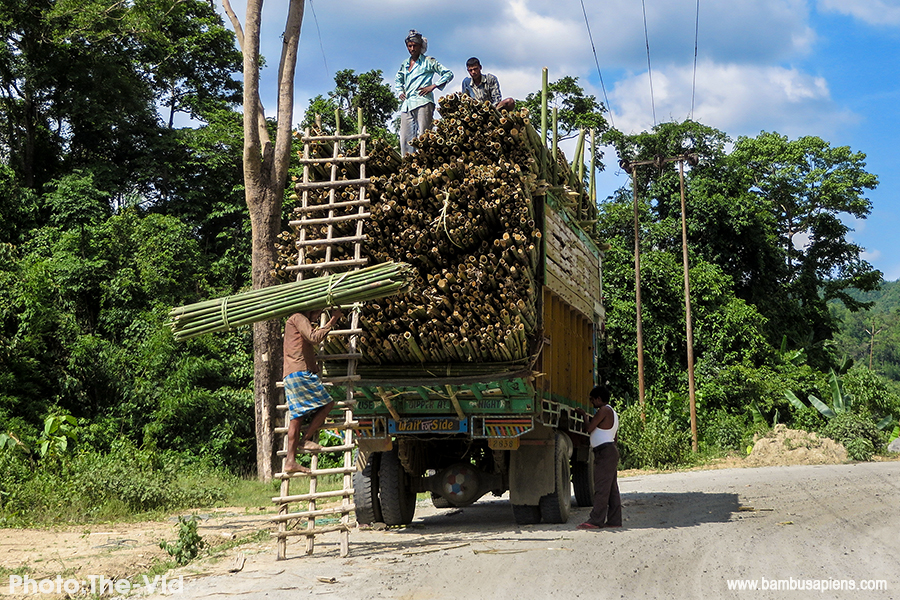
RIPANS leh MZU lama Mizorama mau ten Cellulose an pai zat an zirchiannaah chuan mautak leh rawnal te hian khawvel ramdanga an zirchian tawh thing leh mau chi dang te aiin cellulose a pai hnem zawk a ni tih an hmuchhuaka (Pachuau et. al., 2013; 2014). Tin, MZU-a an zirchiannaah Mizoram mau chi thum – Mautak, rawṭhing leh rawnal ten khawvel tilumtu boruak thianghlim lo – Carbondioxide (CO2) a eiral hi khawvel ramdanga mau ten an eiral aiin a sang zawk a ni tih an hmuchhuak bawk (Vanlalfakawma, 2018); China mau ṭha nia an sawi ṭhin, Moso mau (Phyllostachys edulis) ai pawhin a sang zawk nghe nghe.
Mizo Kristian te tan sakhaw dang biakna hmanrua, agarbati stick lo phurpui viau pawh hi a fuh zan em?
Mizorama bamboo vinegar siamtu langsar tak, Pu Saikhuma (SK Bamboo) chuan Mizoram tualṭo ngei a hman duh zawk thu leh vinegar a chhuah tam ber thu a sawi. Thawkkhat lai khan Agarbati stick siamna tur changchawiin mau chi thar, ram dang aţangin kan lalut chiam mai bawka. A ti nasa ṭhenkhat te kan kawm kualnaah chuan Mizoram mau hi a pan avangin a chhuak tlem deuh nain a khawng zawka, an duh zawk mah niin an sawi. Chumi piah lamah, Mizo Kristian te tan sakhaw dang biakna hmanrua, agarbati stick lo phurpui viau pawh hi a fuh zan em? Ngaihtuah tham tak a ni.
Rawtuai – mautuai leh a kaihhnawih
Rawtuai leh mautuai hi Mizo te hian kan ei nasa hle mai a, keini ang bawkin khawvela hnam hrang hrang te pawh hian an lo ei nasa ve tho mai bawk. Rawtuai khawrh hi a pawi em? Khap tur a ni em? Tih zawhna hi a ri a ring hle ṭhin, tun thleng pawha la chhan mumalloh niin a lang. Mizoram tan bika felfai taka zirbinga thultukna leh rawtna mumal tak hi a la awmlo niin a lang bawk. Rinthu leh thu puarpawlenga inhnial ai chuan a taka zirchian mai hi a fuhin a rinawm.
Rawtuai khawrh leh khawrhloh tluk zeta pawimawh chu mau pum sah leh sah loh hi a ni. Rawtuai khawrh dan chungchanga kaihhruaina kan neilo ang bawkin mau sah dan chungchangah pawh kaihhruaina mumal kan neilo niin a lang. A bik takin mau pum kan sahin a upat dan kan ngaipawimawh lemlo niin a lang. MZU-in kum 2014 leh 15-a an zirchiannaah Aizawl veng hrang hranga mau pum zuarho zawrhlai a enfiaha, heng zinga a tam zawk hi tuai tê tê, kum hmasa tuai emaw, kum 2 la tlingo emaw a ni fur tih hmuhchhuah a ni (Lalremsang et. al. 2017). Kum 3 tal a tlin hmaa sah hian mau ṭhang zel tur a ti ṭhuanawp hle a, a hung pawhin a tuar thei hle a ngaih a ni (Salam & Deka, 2007). Mau pum kan sah nasat lutuk chuan rawtuai insiam tur a tibuai pha tih hi khawvel ram danga zirmite hmuhchhuah a ni. Chutih rual chuan sah ngailoh leh a tuai khawrh ngailohnaah chuan a hung a tawta, a zungpui insiama ṭhang zel tur a ti ṭhuanawp thei thung (Salam & Deka, 2007).

World Bamboo Day
Kum 2009-a Bangkok-a World Bamboo Congress vawi 8-na chuan September 18 hi World Bamboo Day (WBD) atan a puang a, hemi a chinah kumtin thupui bik neiin hman ṭhin a ni ta a ni. Kumin World Bamboo Day thupui atan World Bamboo Organization chuan “Sustainability = Environment + Society + Economy” a thlang a, mau hmanga hmasawnna ṭhang dik neih theih dan tur, environment tana pawi silo, mipui te tana hmasawnna ni si, ram economy tana ṭhanna thlen thei tur si chungchang a ni ber awm e.
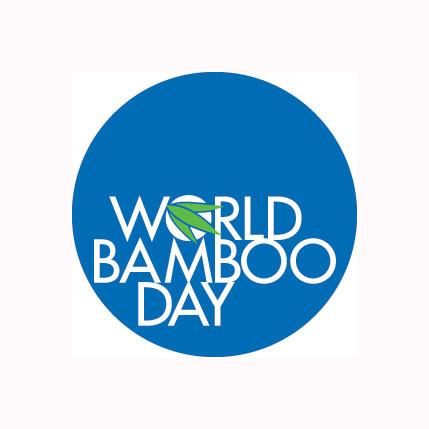
Khawvel ram hrang hranga zirmite chuan mau hmanga eizawng te dinhmun nasa takin an zira, mau hmanga sum leh pai dehchhuah dan ṭha zawk tur an duang chho mek zel a, a awmsa tihpun kawngah ṭan an la nasa hle. Pi-Pu hunlai aṭanga an lo hman dan hnualsuat lovin, a ti hmasawn zawng leh hralh tlak lehzual turin an cheihnum a, a tlo leh zual theih nan a vawnṭhat dan te pawh an ngaihtuah nasa hle bawk. Tin, tarlan tawh angin khawvela thlai zinga ṭhang chak ber a nih miau avangin mau hian environment siam ṭhat kawngah a thawhhlawk hle tih hi hmuhchhuah zel a ni bawk.
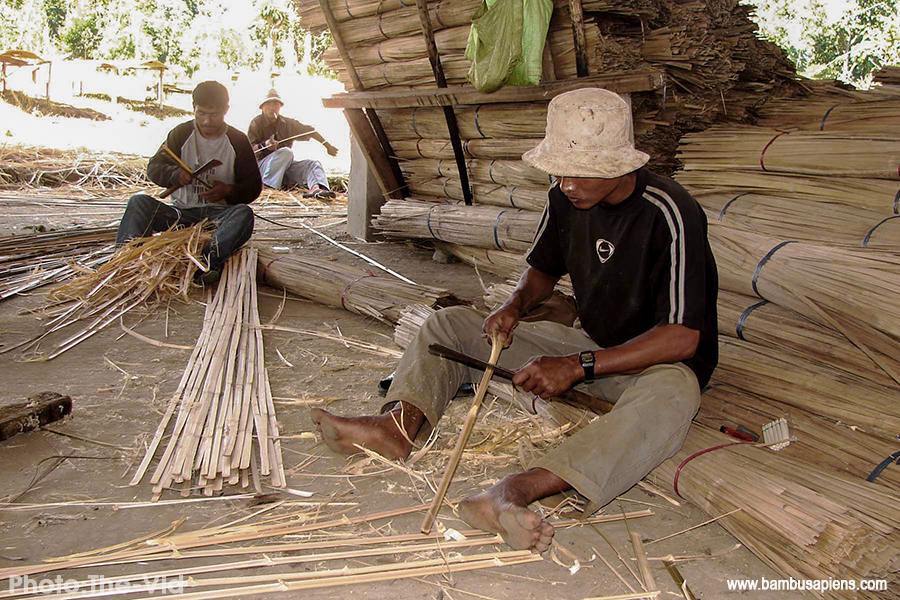
Mizo society leh culture-a bet nghet tak, kan rama mau te hi tun aia hman ṭangkai dan leh hlawk zawk kan ngaihtuah a ṭul a, chu chu kan bat pawh a ni. Ramdanga an tih tawh ang tih ve a, an mau ang chawk luh chiam ai chuan kan ram mau ṭhat bikna ngaihtuah chunga hlawk leh ṭangkai thei ang ber tura kan ram mau te kan hman hi kan mawhphurhna a ni. Chumi rual chiah chuan a sah hun leh khawrh dan te, enkawl dan ṭha zawk te pawh nasa leh zuala kan inzirtir a pawimawh hle bawk. Mau kaltlanga malsawmna kan dawn mêk hi kan dawn chhunzawm zel theih nana malsawmna inthup hi hailang zel turin kan puanven i sawichhing sauh sauh ang u khai.
[1]State of Forest Report (SFR) 2011 hi kum 2009 – 2010 chhunga zirchianna, kum 2011-a tichhuah a ni a, chutiang zelin SFR 2017 hi kum 2015 – 2016 chhunga zirchianna kum 2017-a tihchhuah a ni bawk.
Thulakna te:
David C. Vanlalfakawma, F. Lalnunmawia, and S.K. Tripathi (2018). Bamboo Ecosystem: An Untapped carbon trading resources. In: Climate Change and Developing Countries (Ed. Banshaikupar Lyngdoh Mawlong). Cambridge Scholars Publishing, UK. Pp. 222 – 236. ISBN (10):1-5715-1174-X; ISBN (13): 978-1-5275-1174-3
David C. Vanlalfakawma, F. Lalnunmawia, S.K. Sen, and S.K. Tripathi, (2017). Sporadic flowering of Bambusa tulda in Mizoram: A preliminary report. Sci Vis. 17(3):160 – 162.
Environment & Forest (2010). Bamboos of Mizoram. Environment and Forest Department. Government of Mizoram, Aizawl. Pp. 1 – 206
Lalduhsanga Pachuau, C. Malsawmtluangi, Nirmal Kumar Nath, H. Ramdinsangi, David C. Vanlalfakawma, Shri Kant Tripathi (2013). Physicochemical and functional characterization of microcrystalline cellulose from bamboo (Dendrocalamus longispathus). International Journal of PharmTech Research 5 (4):1561-1571
Lalduhsanga Pachuau, David C. Vanlalfakawma, Shri Kant Tripathi, H. Lalhlenmawia (2014) Muli bamboo (Melocanna baccifera) as a new source of microcrystalline cellulose. Journal of Applied Pharmaceutical Science 4 (11):087-094
H.B. Naithani (2009). Bambusa mizorameana, a New Species of Bamboo from Mizoram, India. Indian Forester 135(9): 1291 – 1292.
H.B. Naithani, S. S. Garbyal, N. S. Bisht (2010). Bambusa dampaeana – a New Species of Bamboo from Mizoram, India. Indian Forester 136 (7): 991 – 992.
Paul Lalremsang, David C. Vanlalfakawma and S.K. Tripathi (2017). Socio-Economic Potential and marketing trend of Bamboo in Mizoram: A case study from Aizawl District. Indian Forester 143(9):737 – 744.
Salam, K. and Deka, N.K.R. (2007). In: Kalita, S.N. (ed.) Training manual on Nursery raising, commercial Plantation, preservation and primary processing of bamboo). Cane and Bamboo Technology Centre Bamboo Technical Support Group for National Bamboo Mission, Guwahati – 781 024, Assam, India
SFR (2017). India State of Forest Report 2017. Forest Survey of India, GoI, Dehradun
[Vanglaini Vol. XXXIII No. 221 September 19, 2018-ah tihchhuah a ni]
